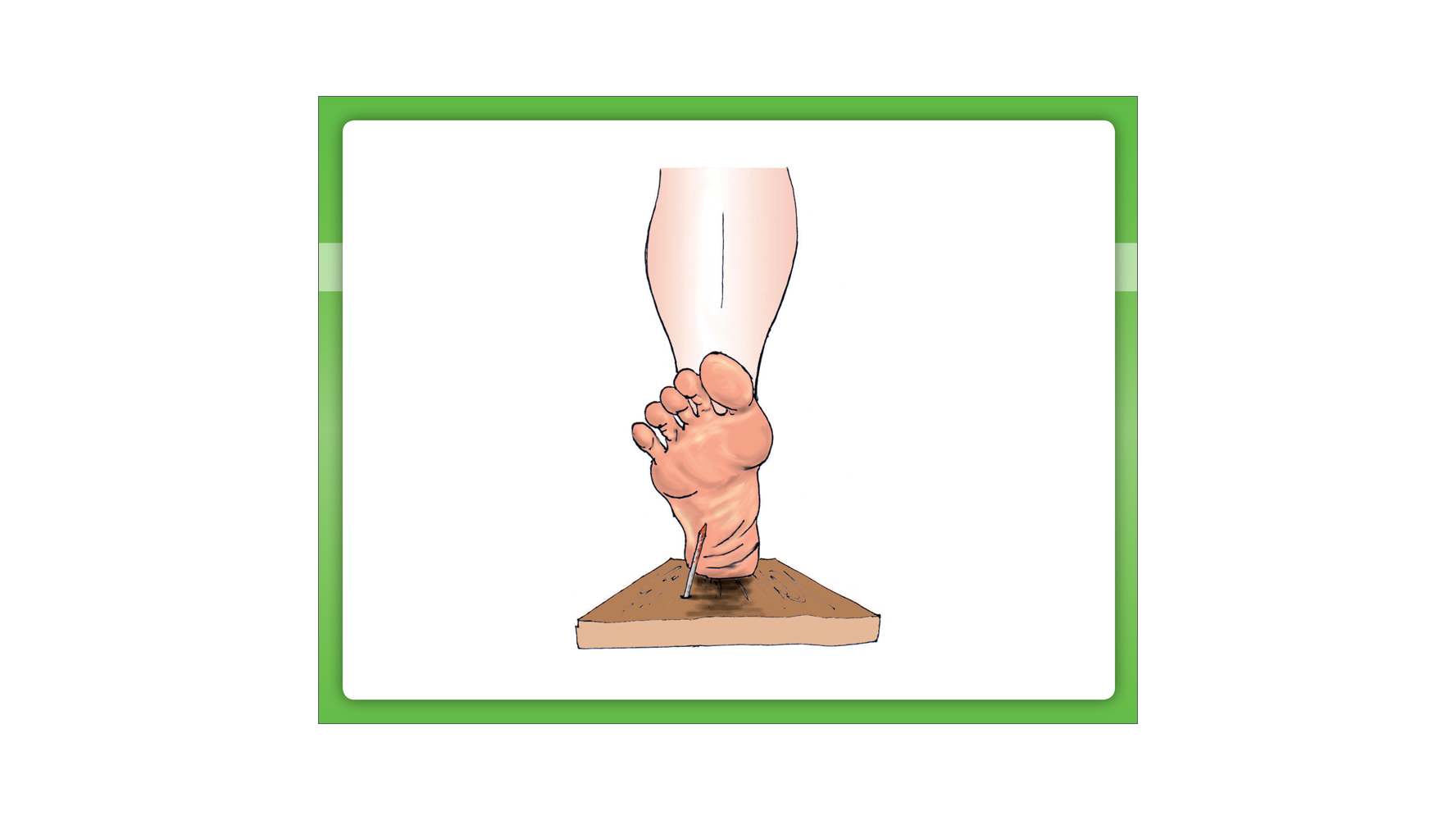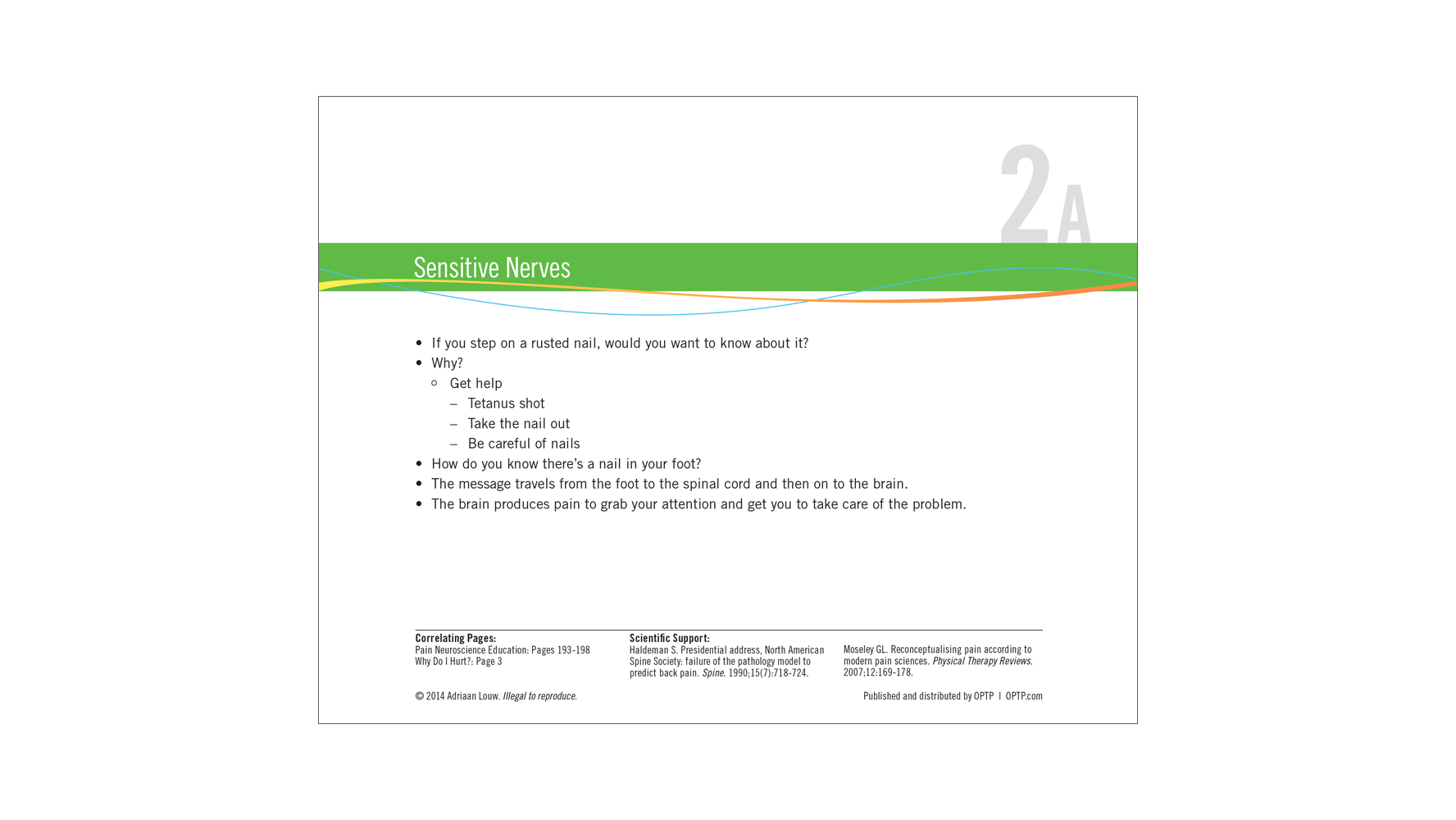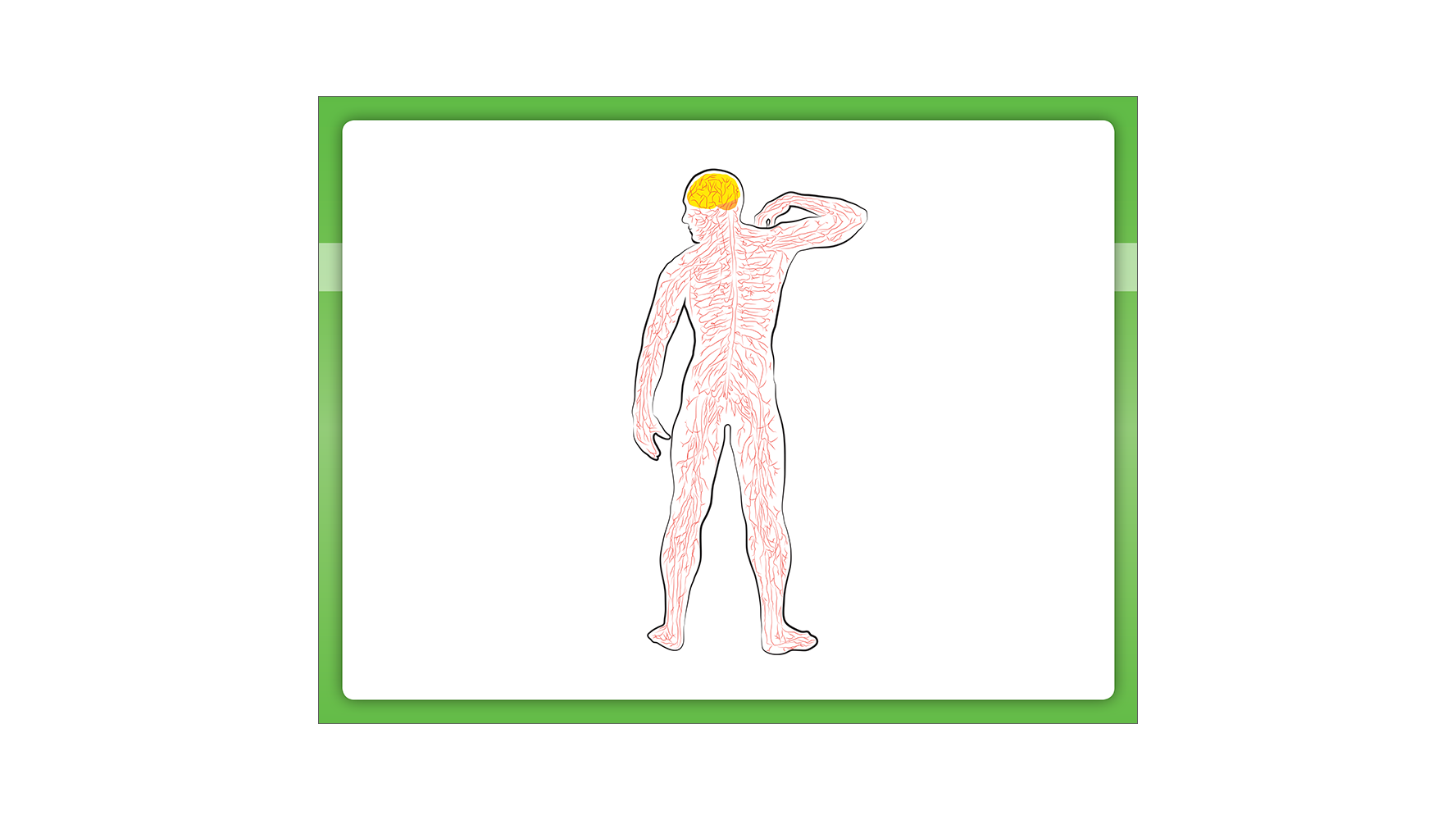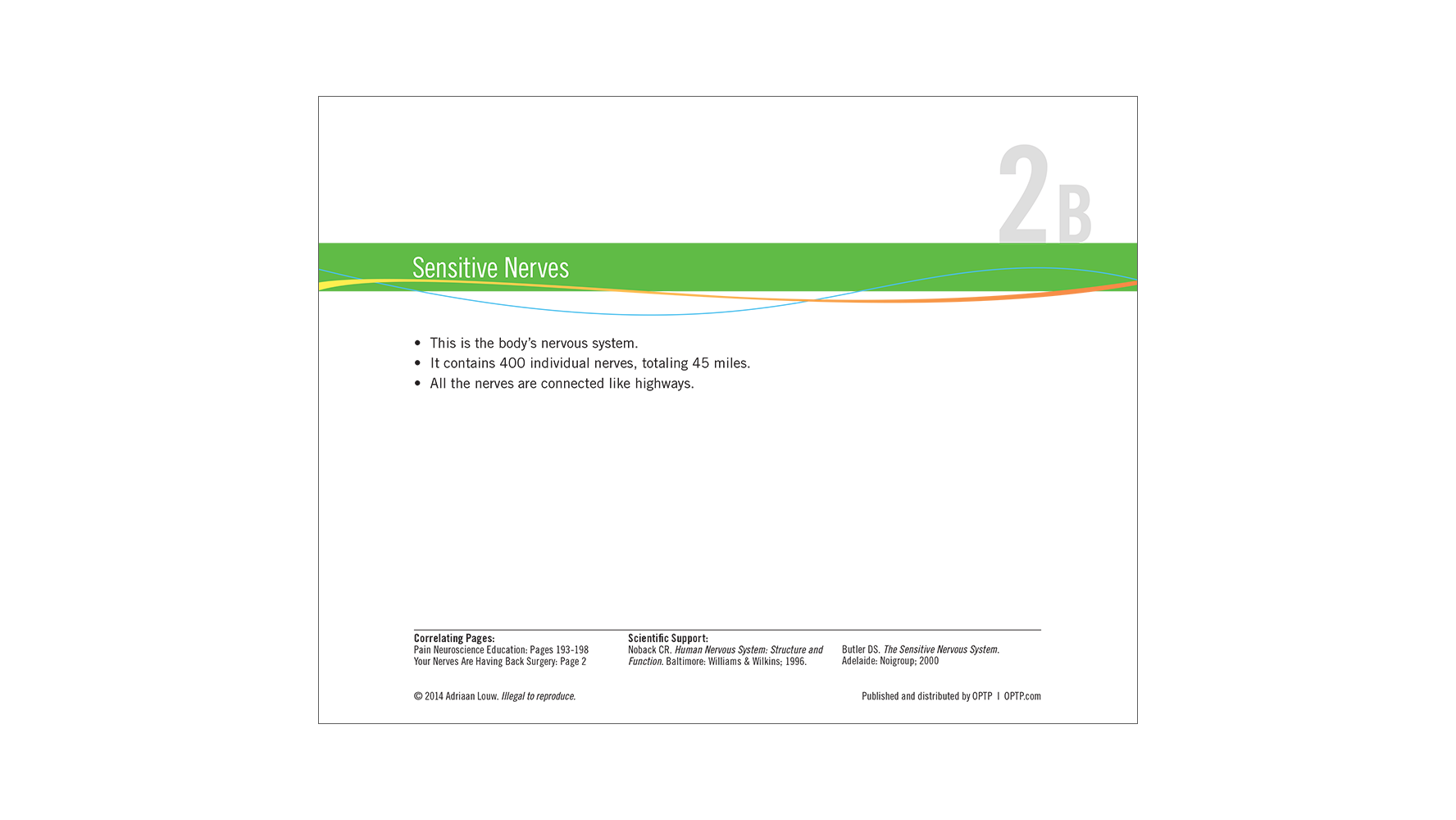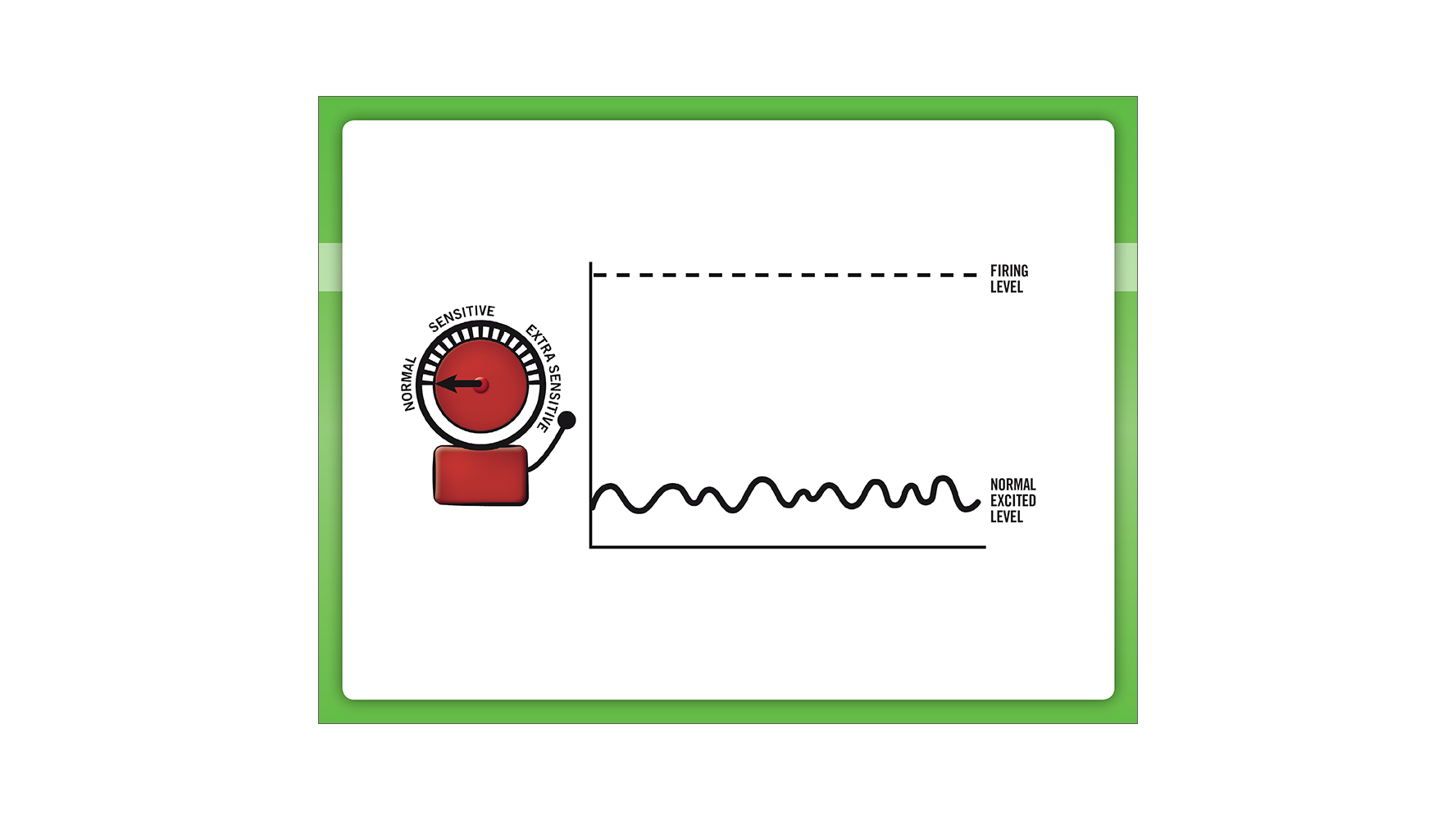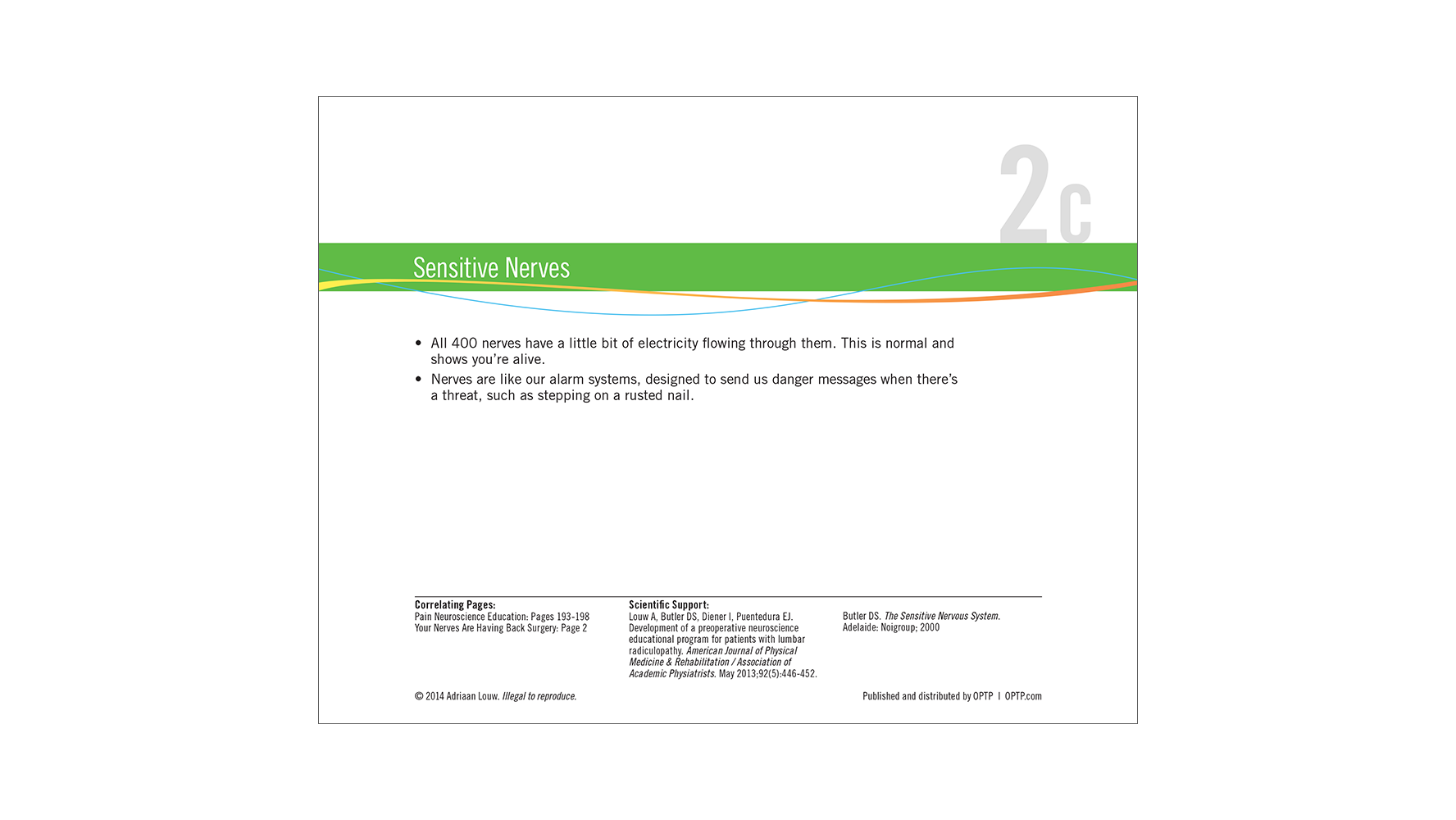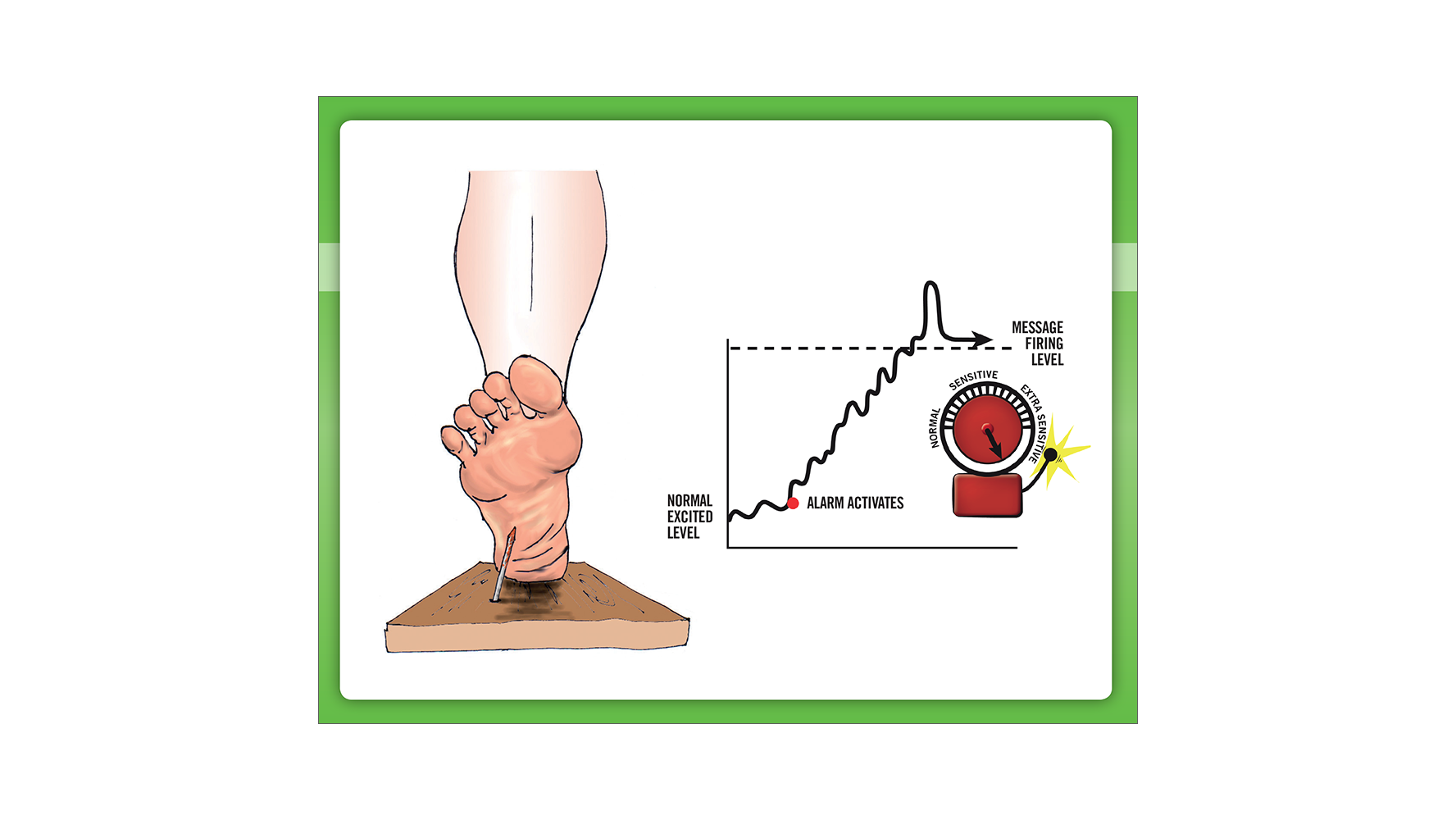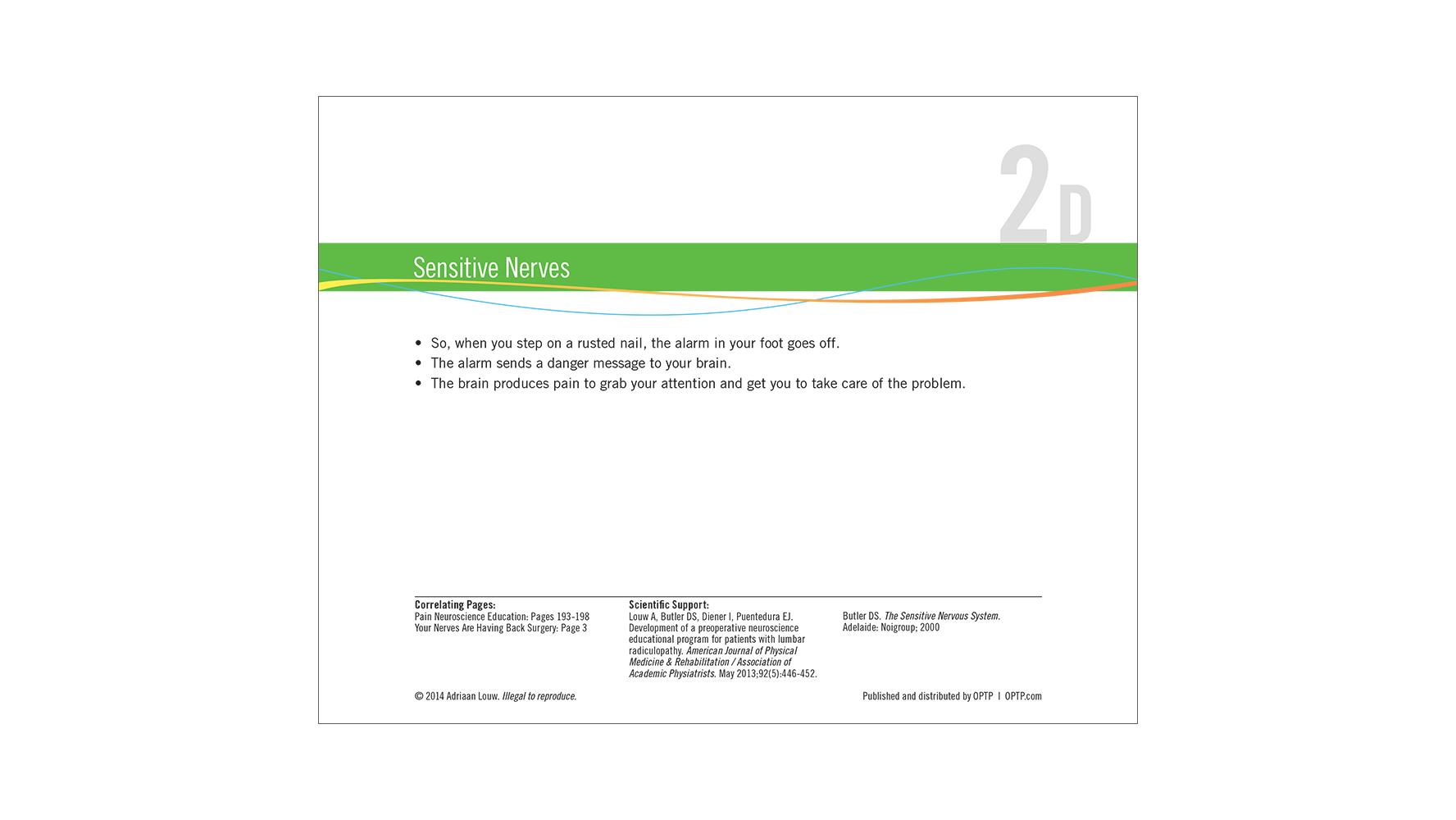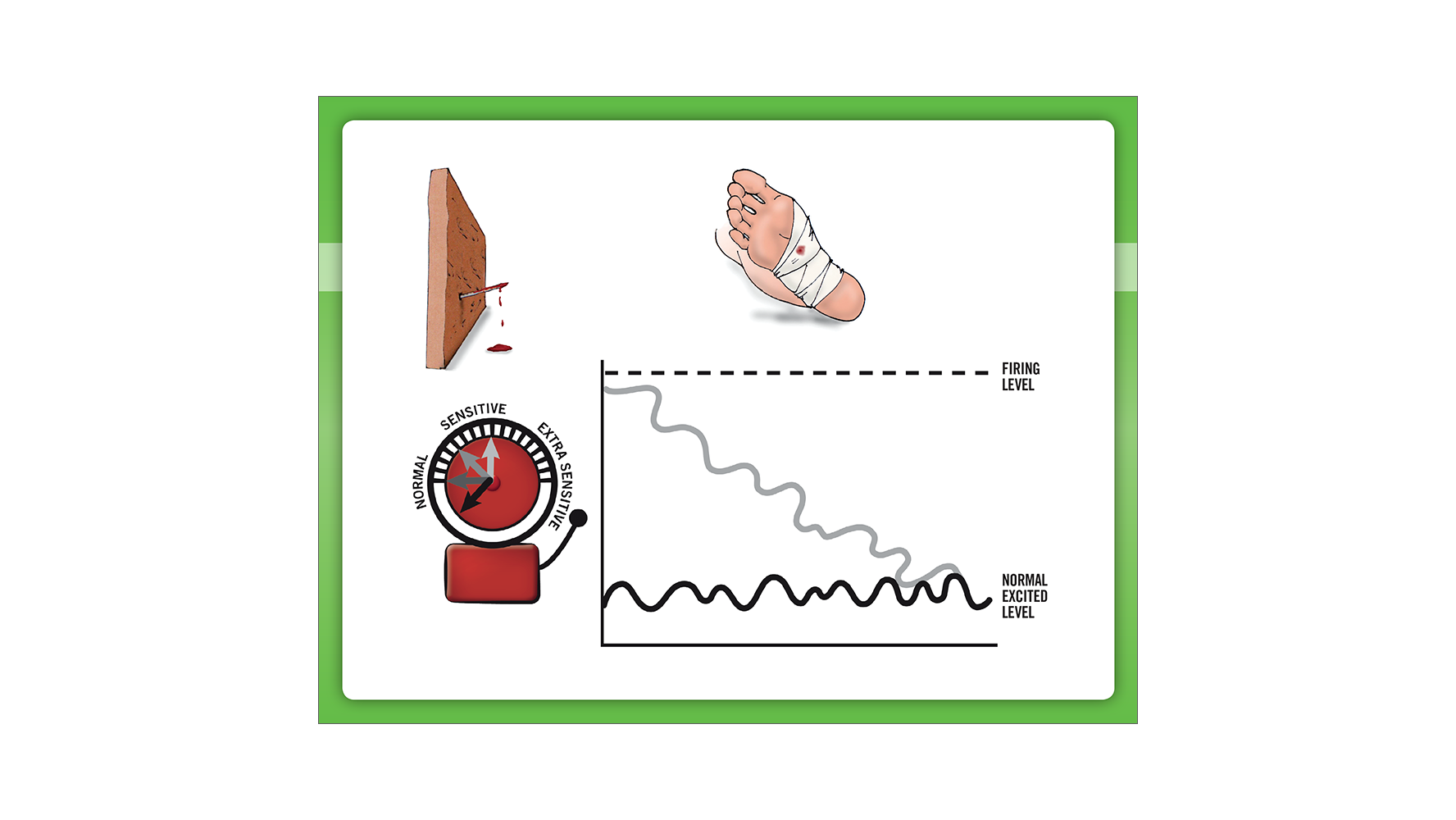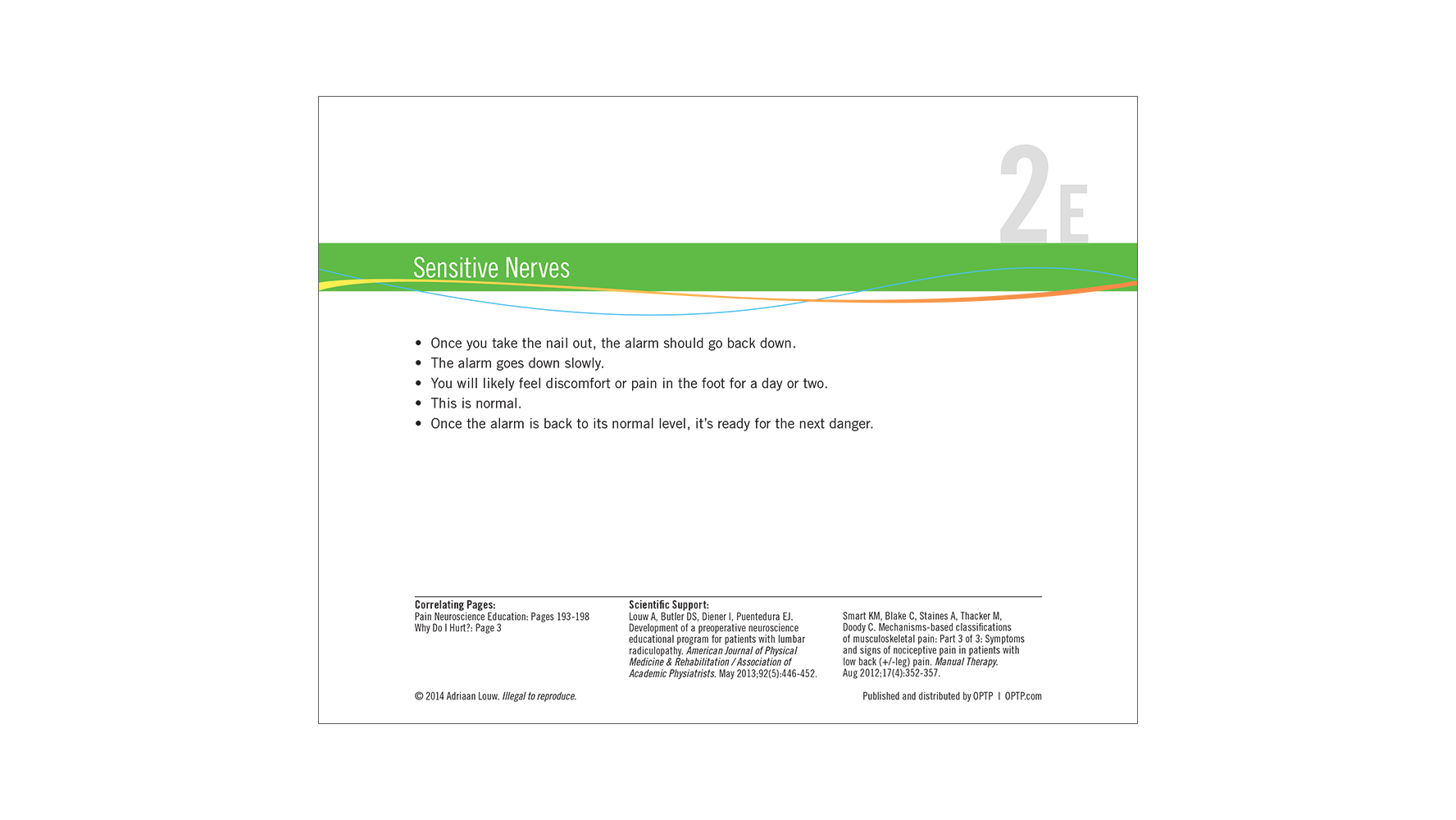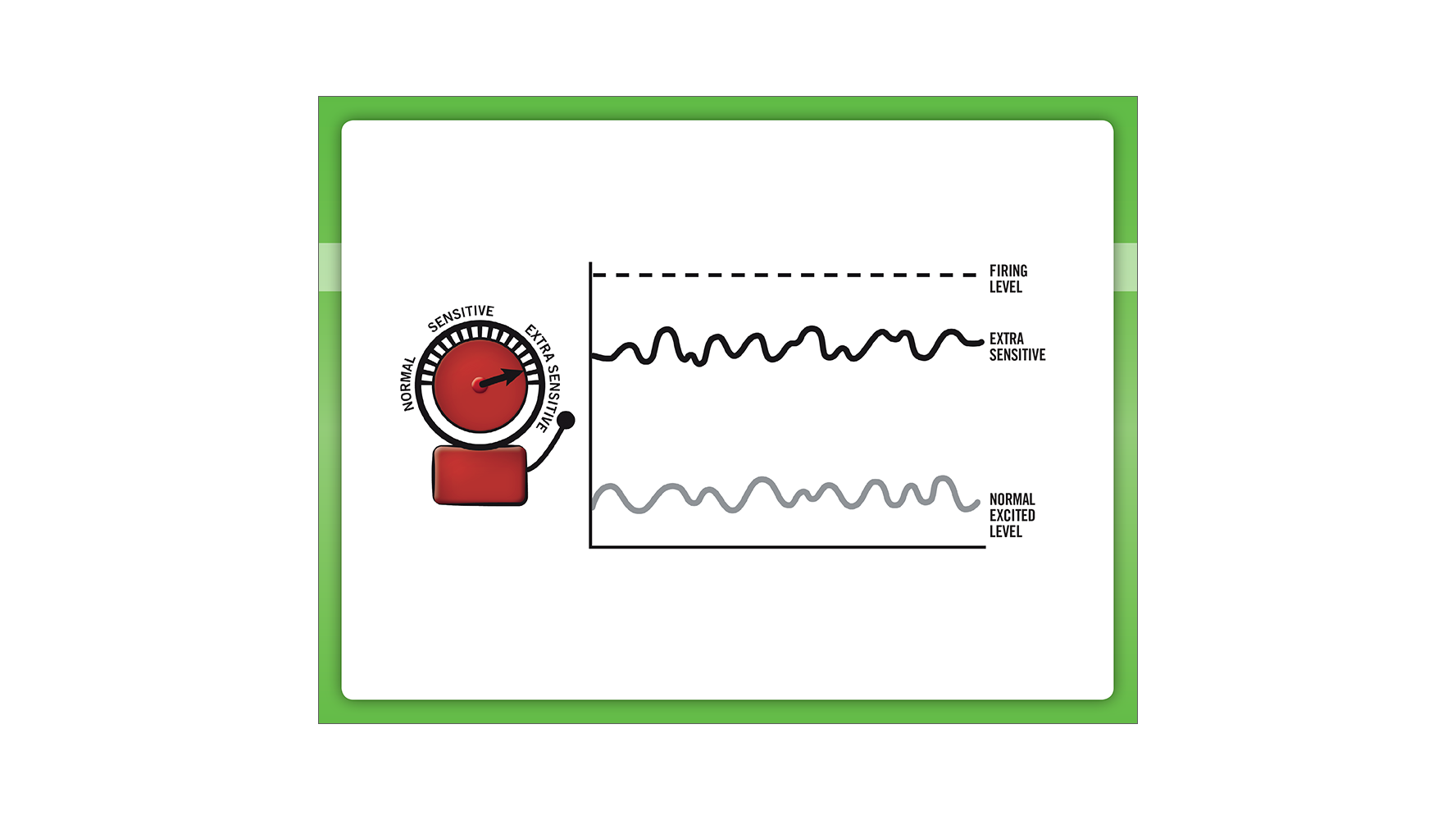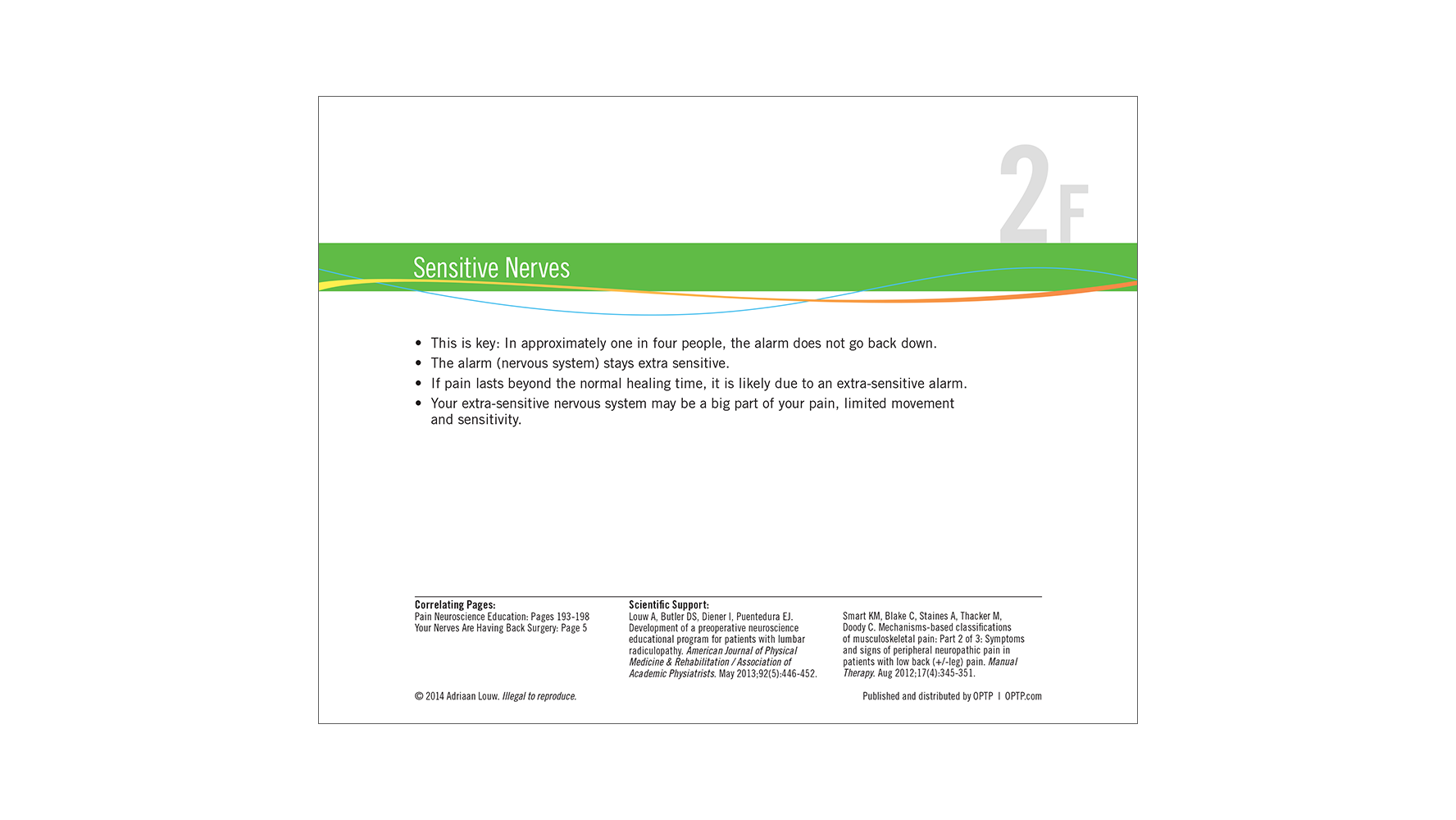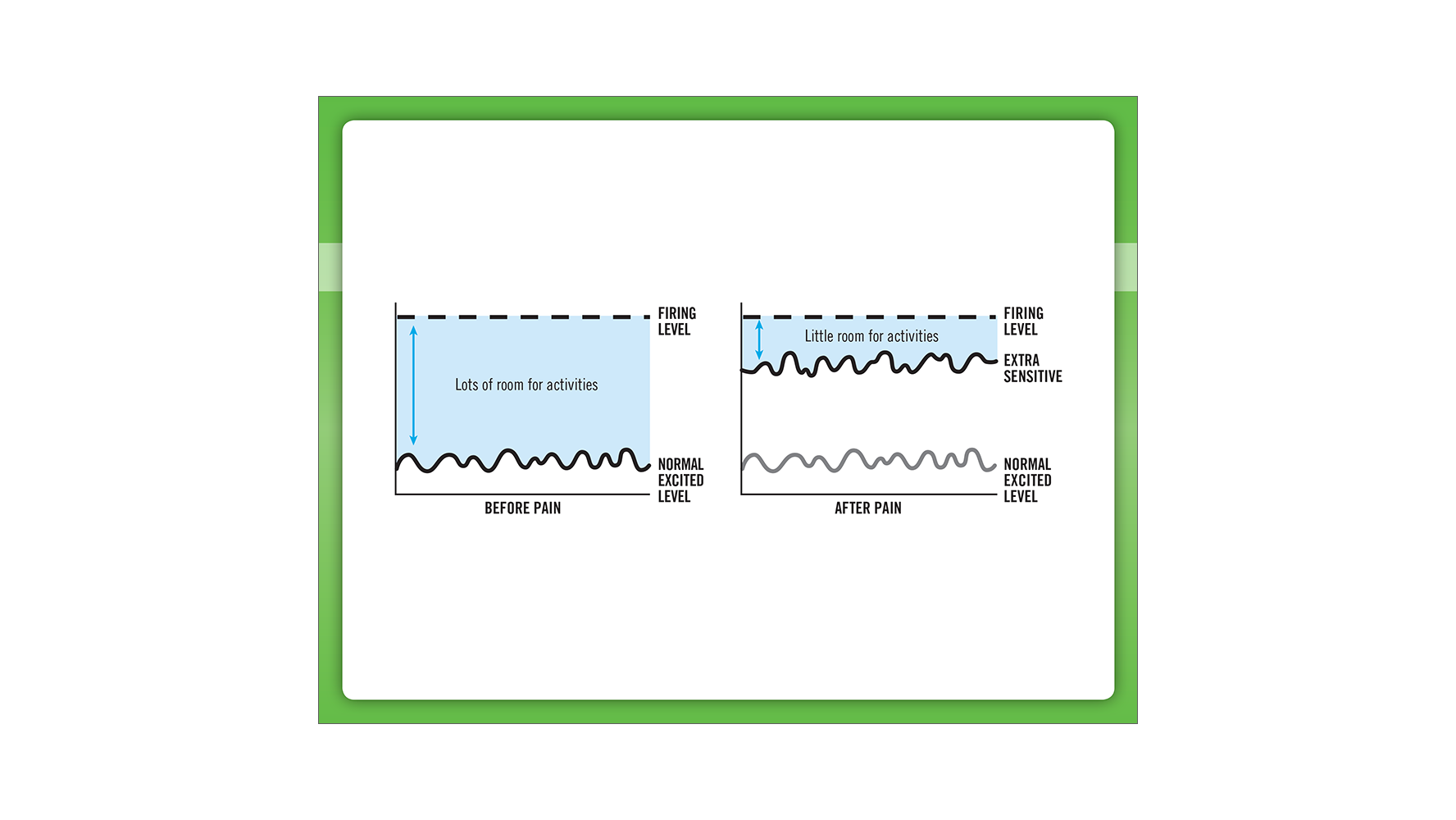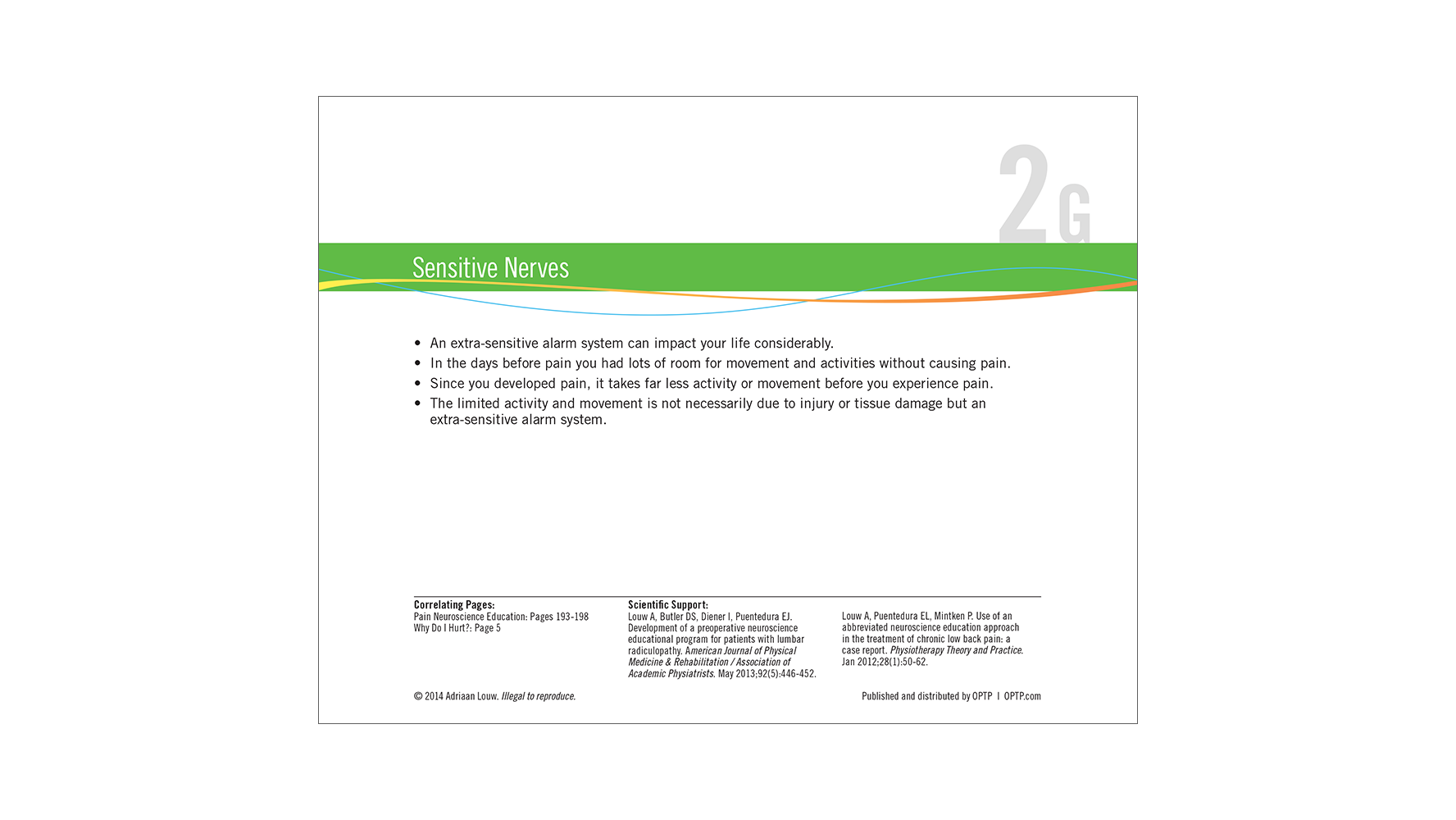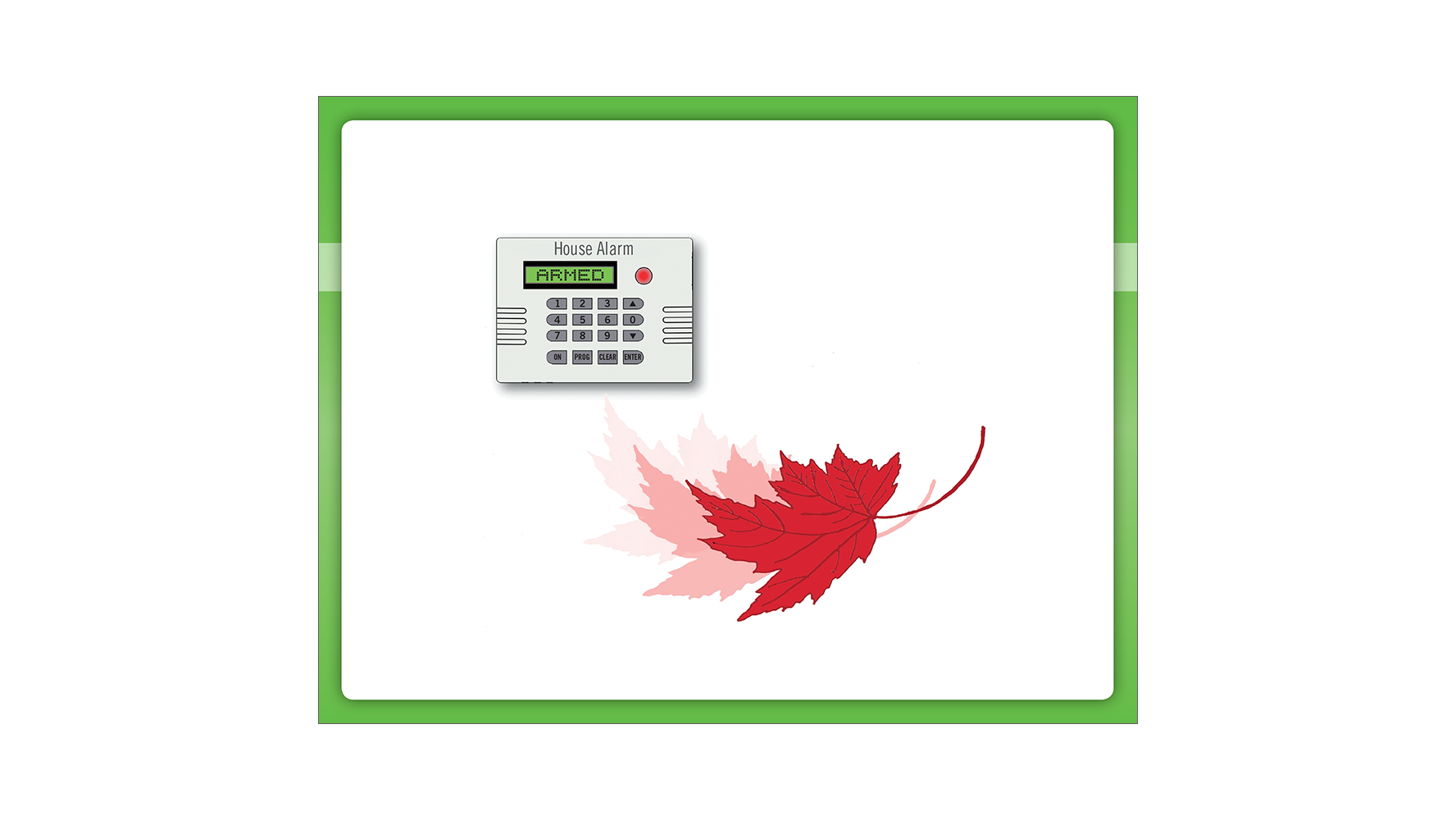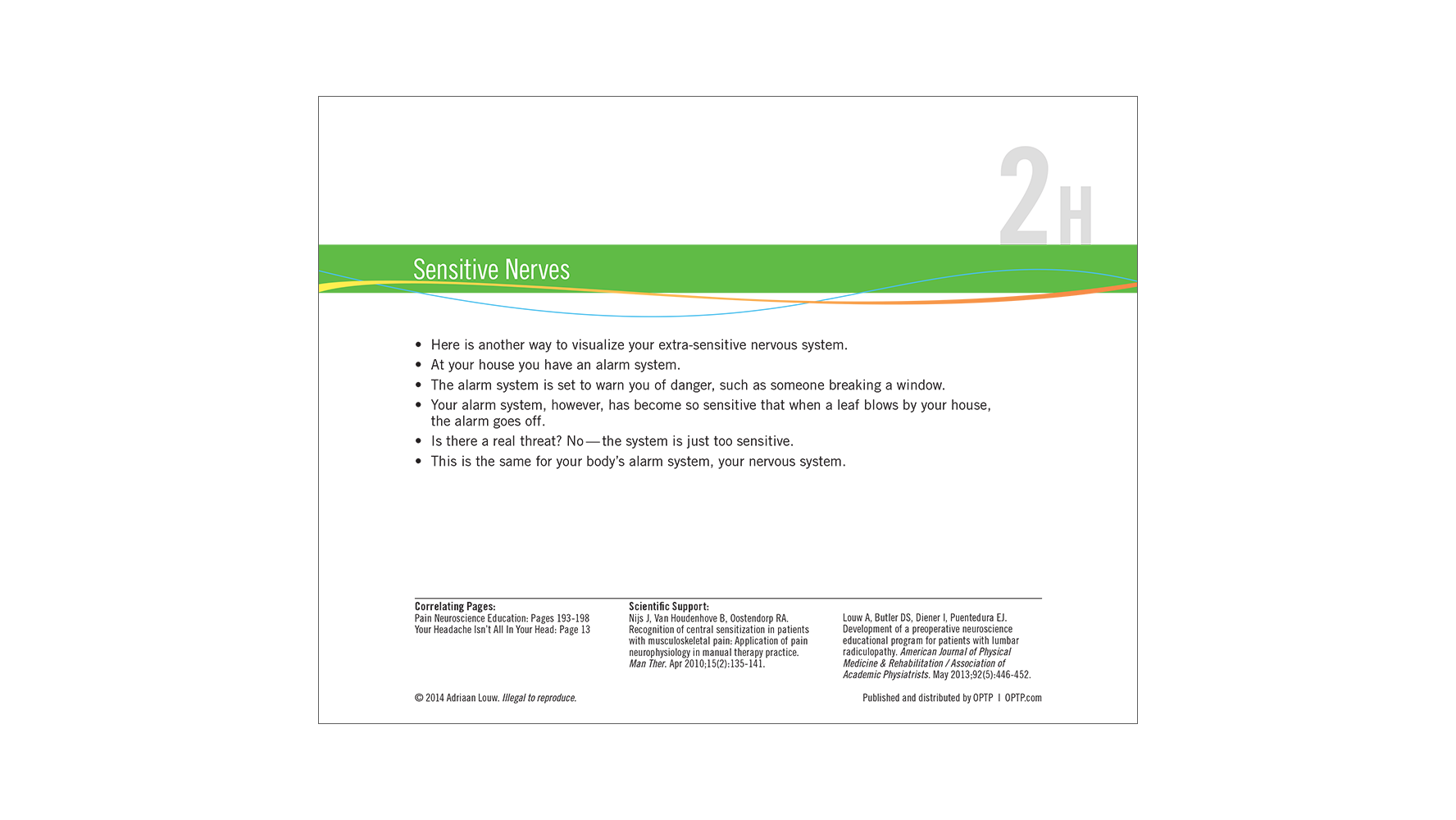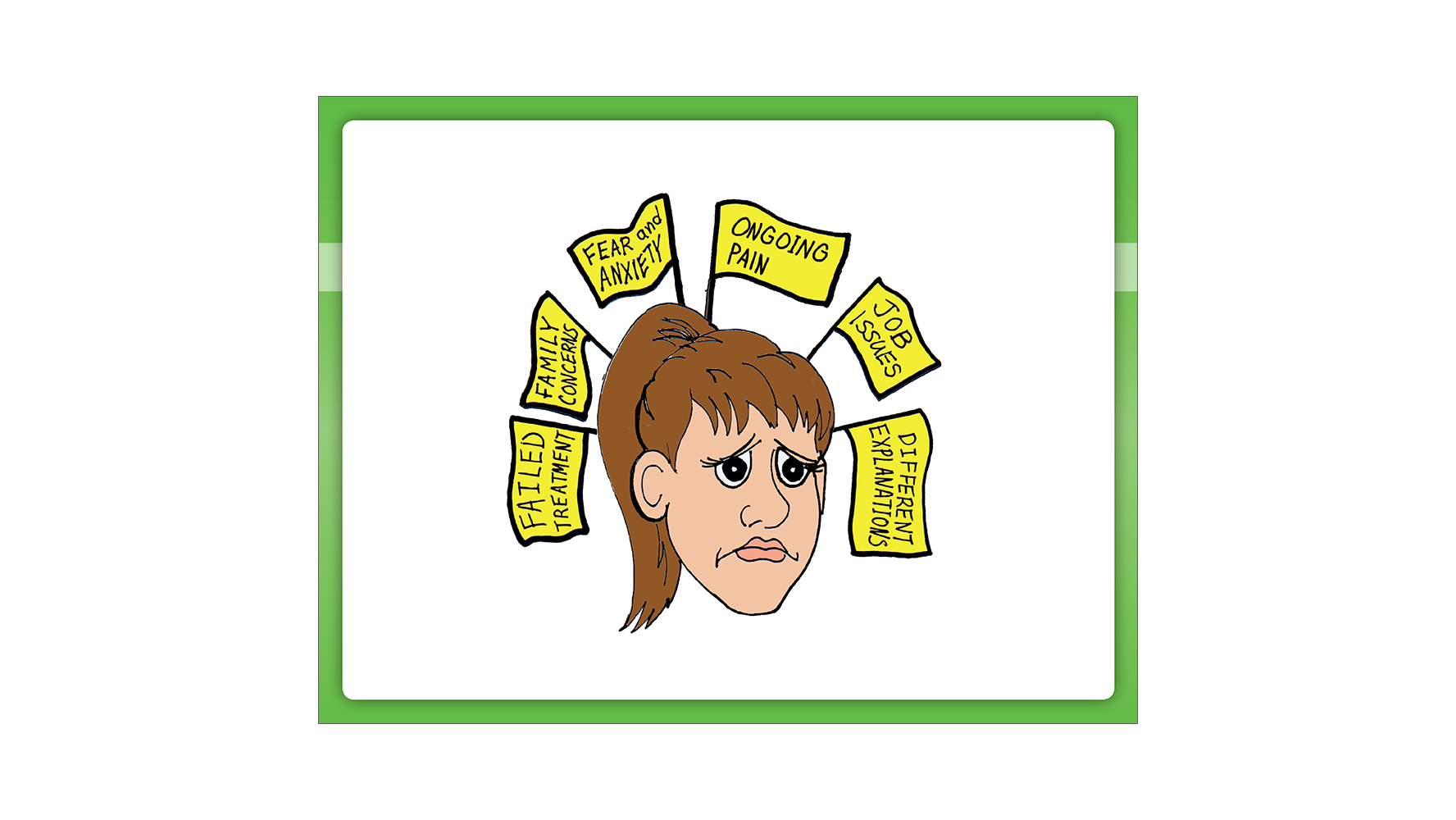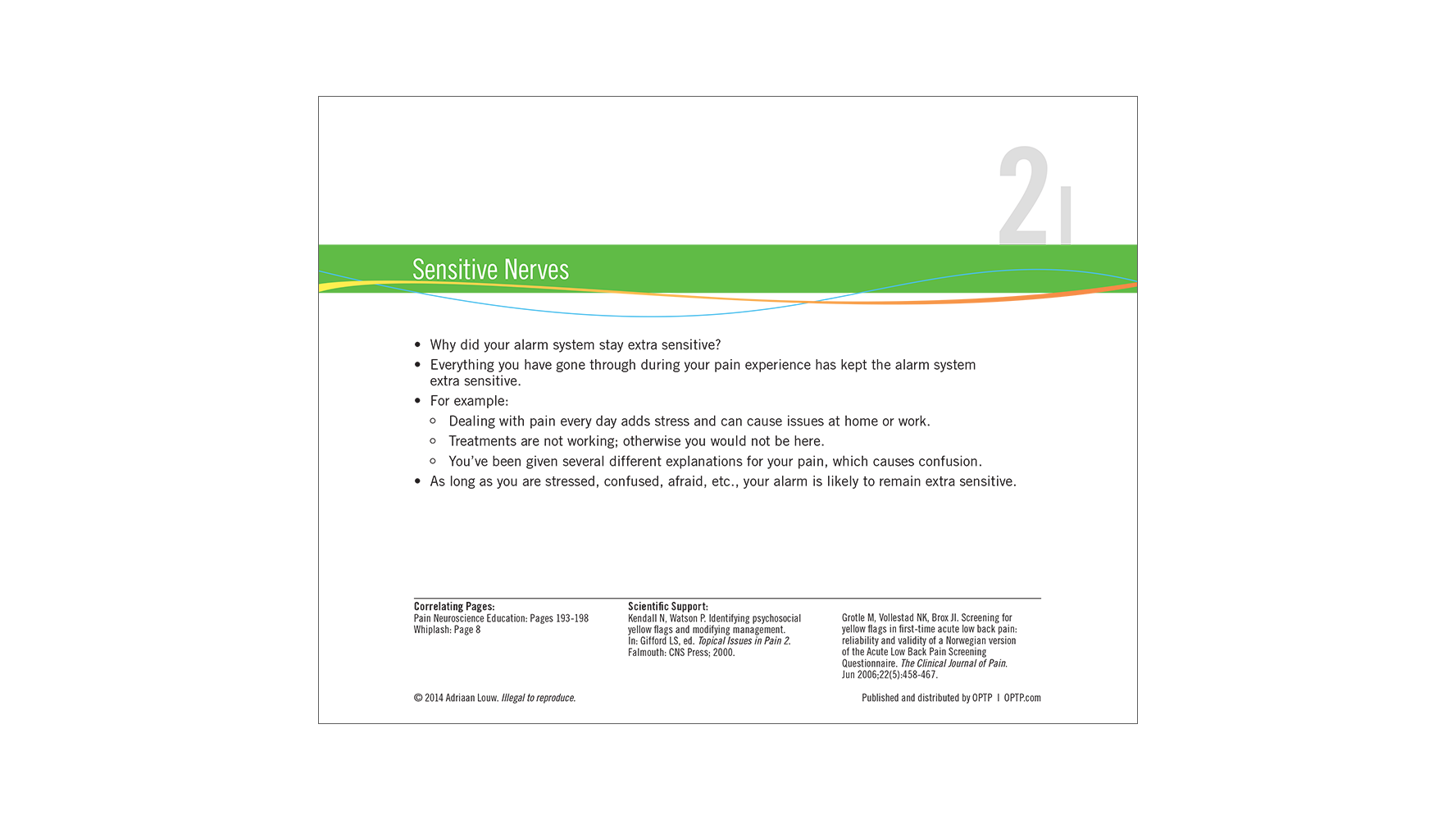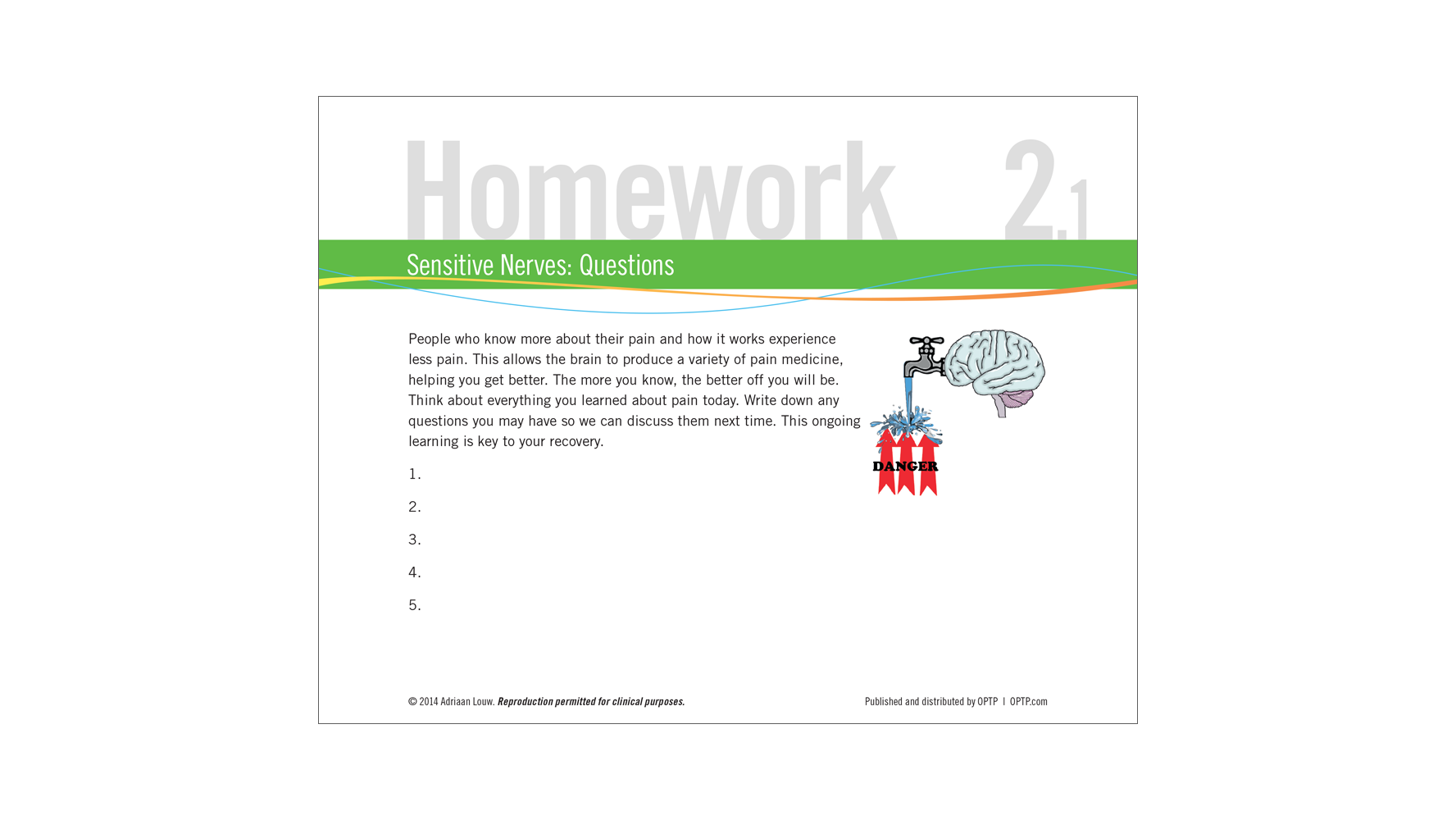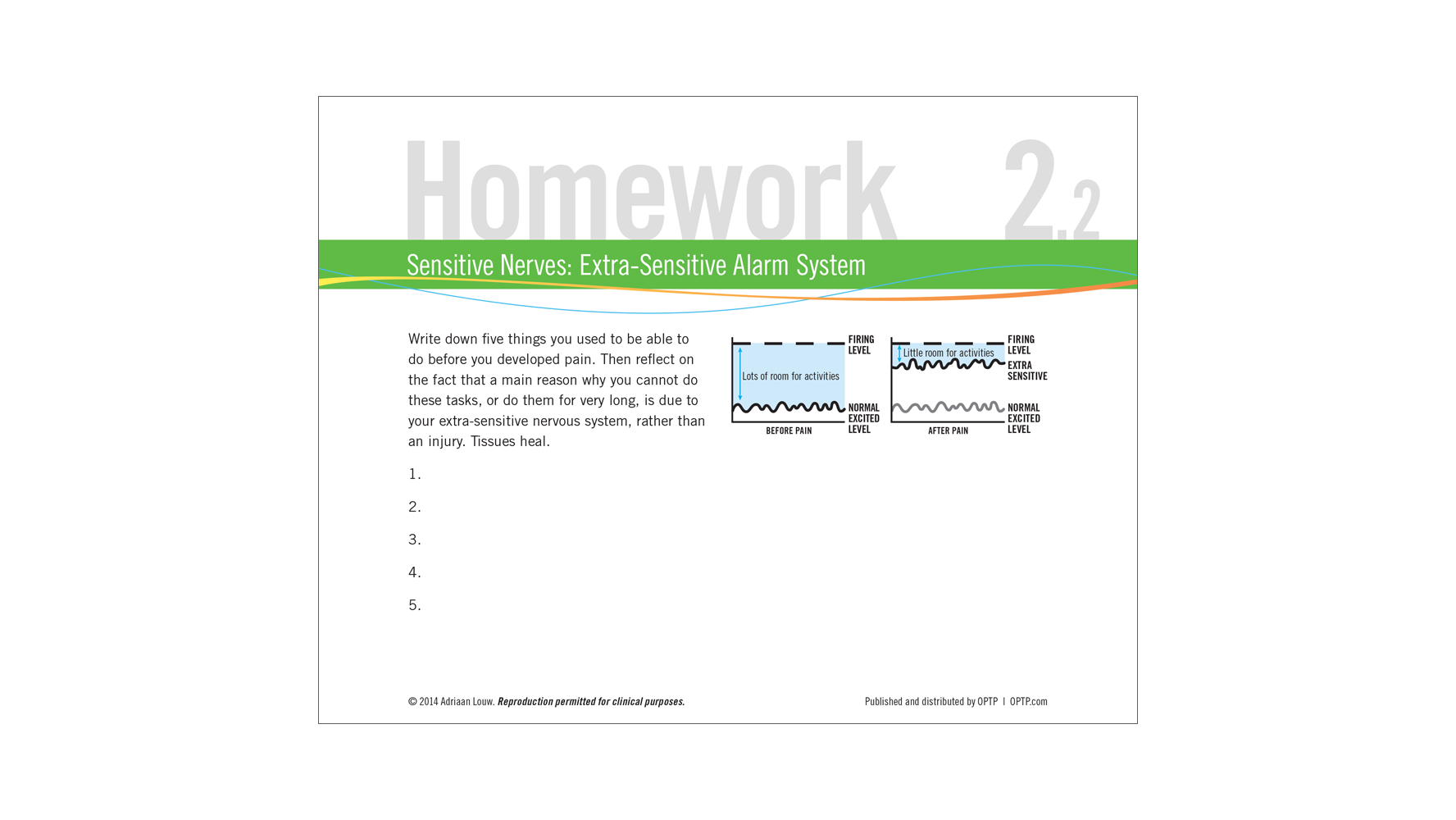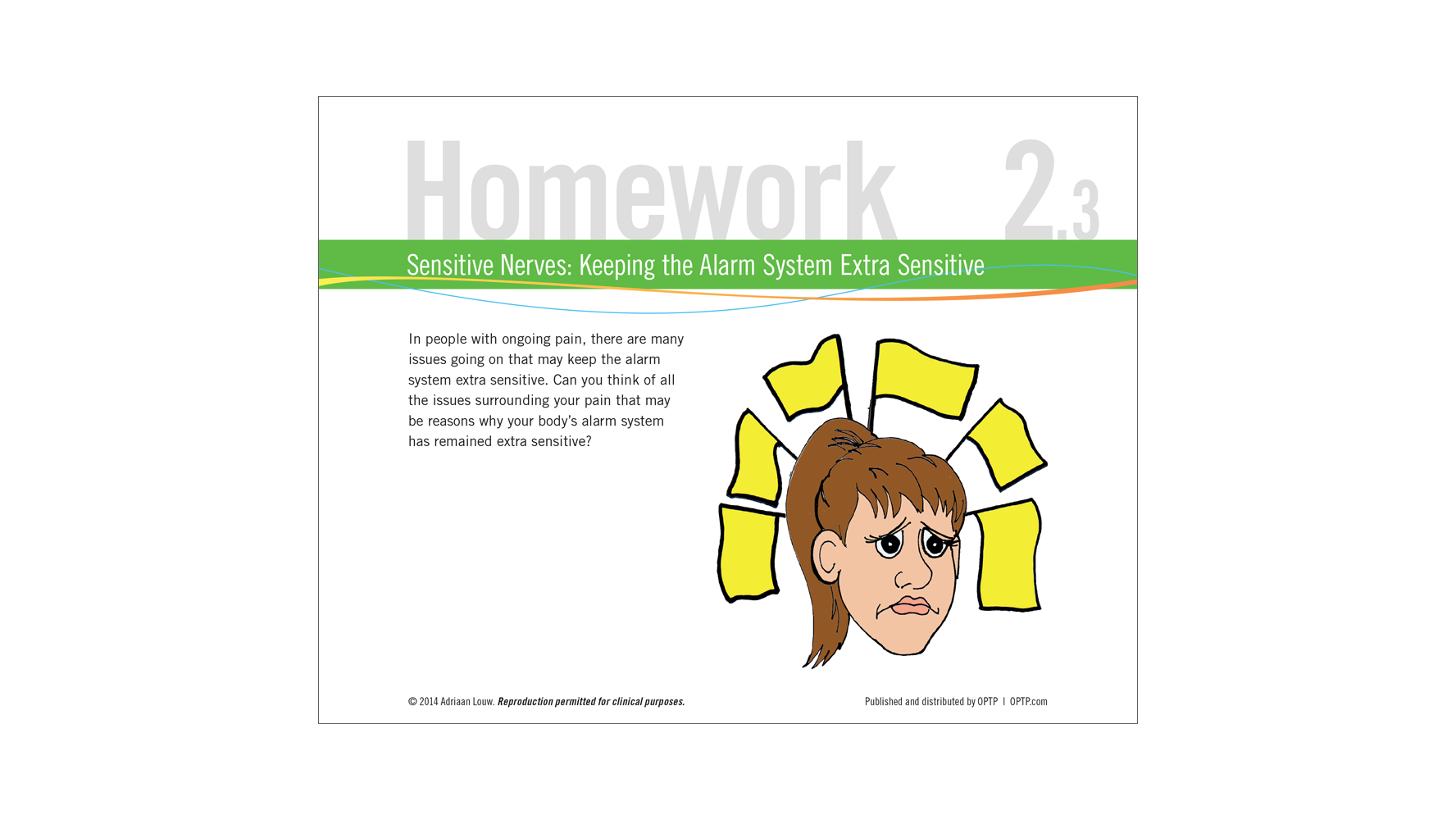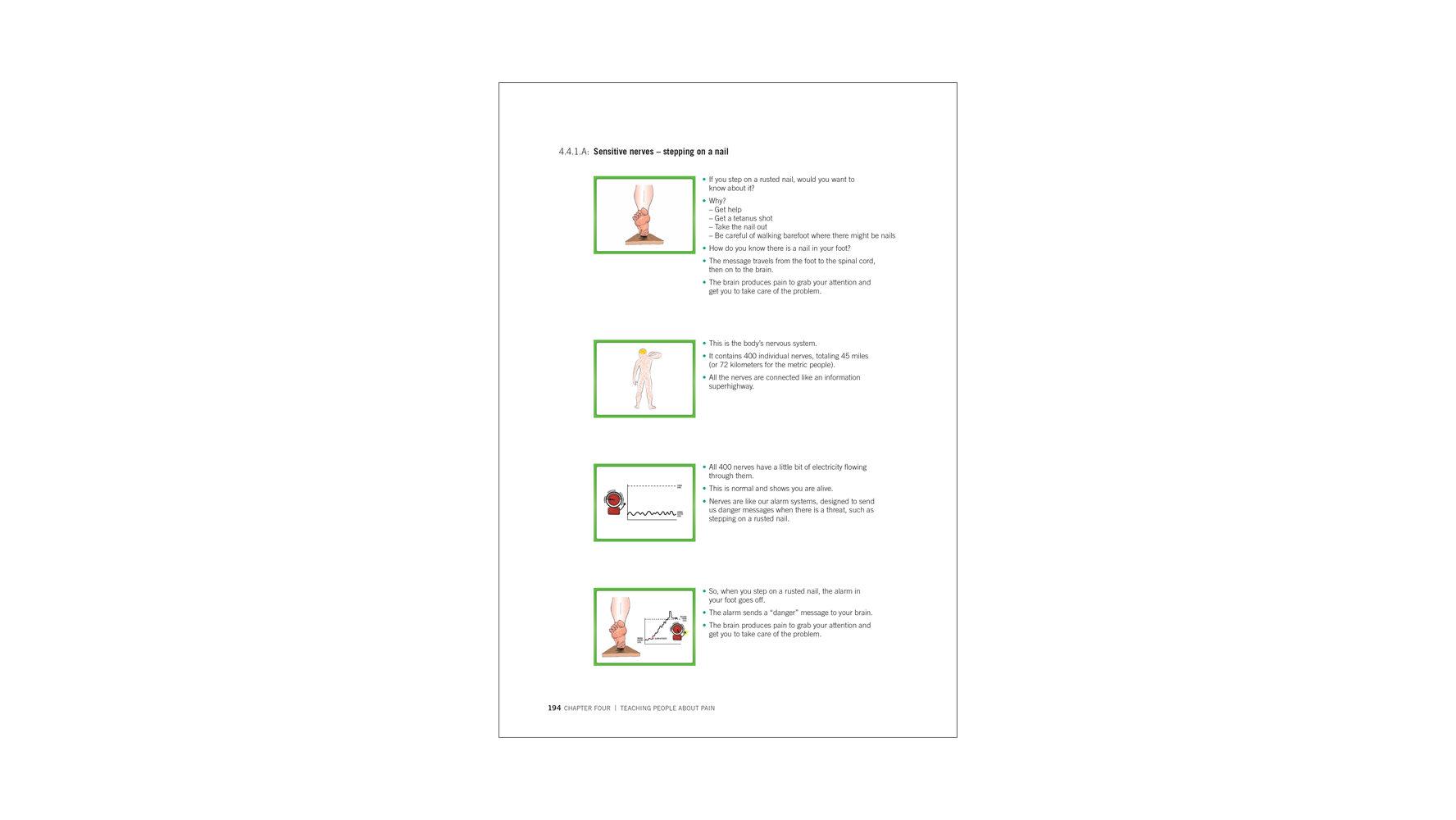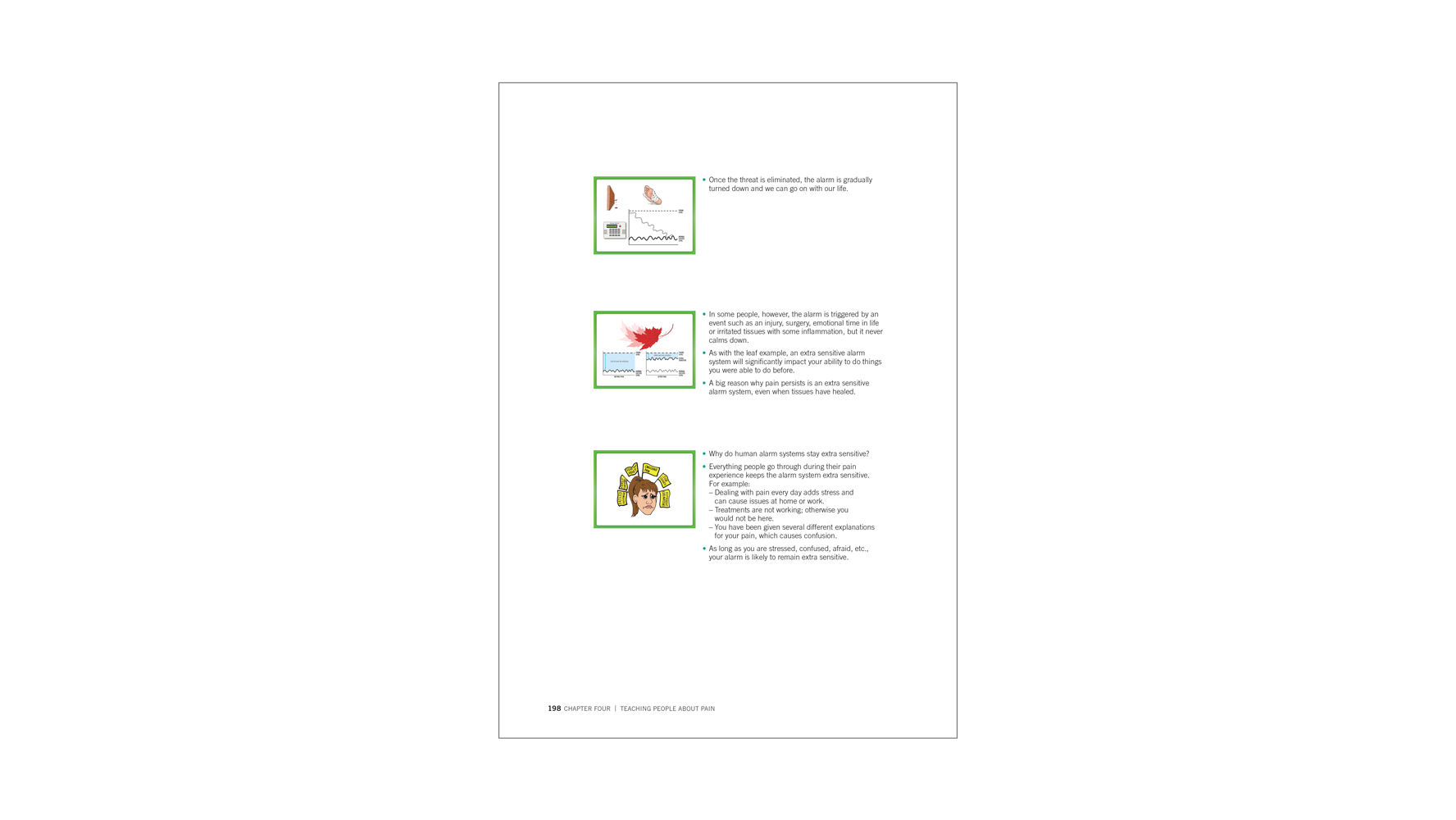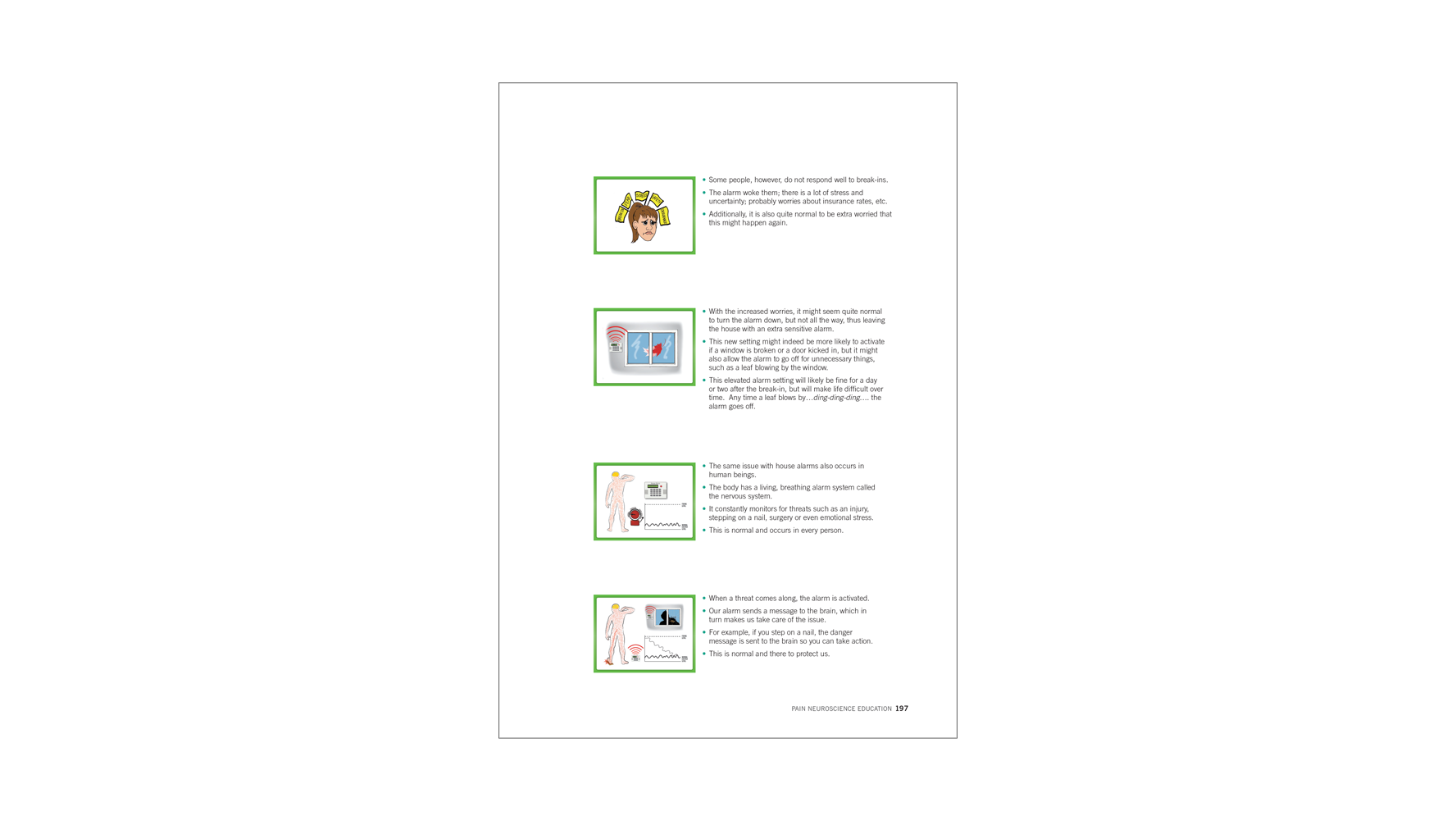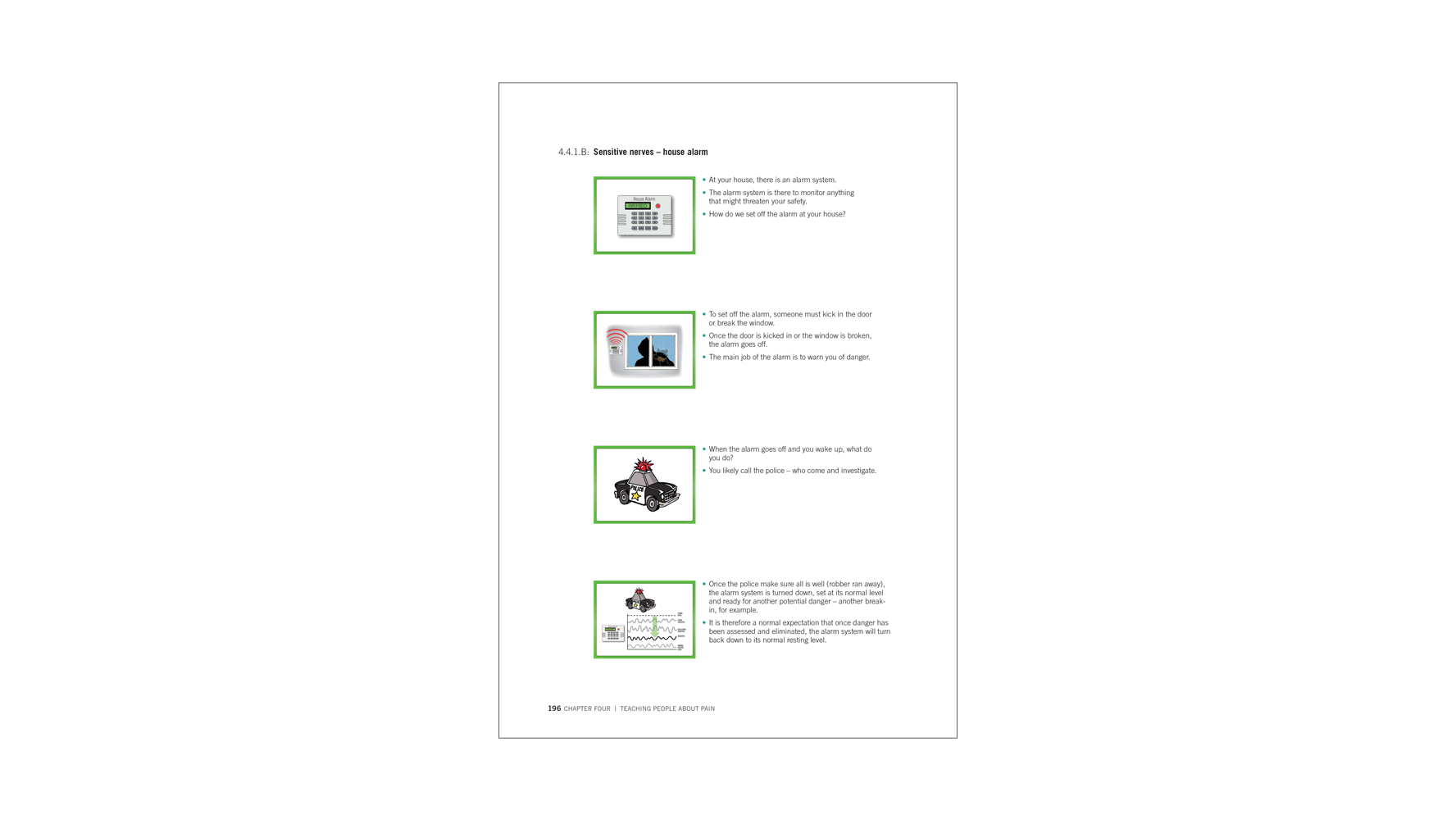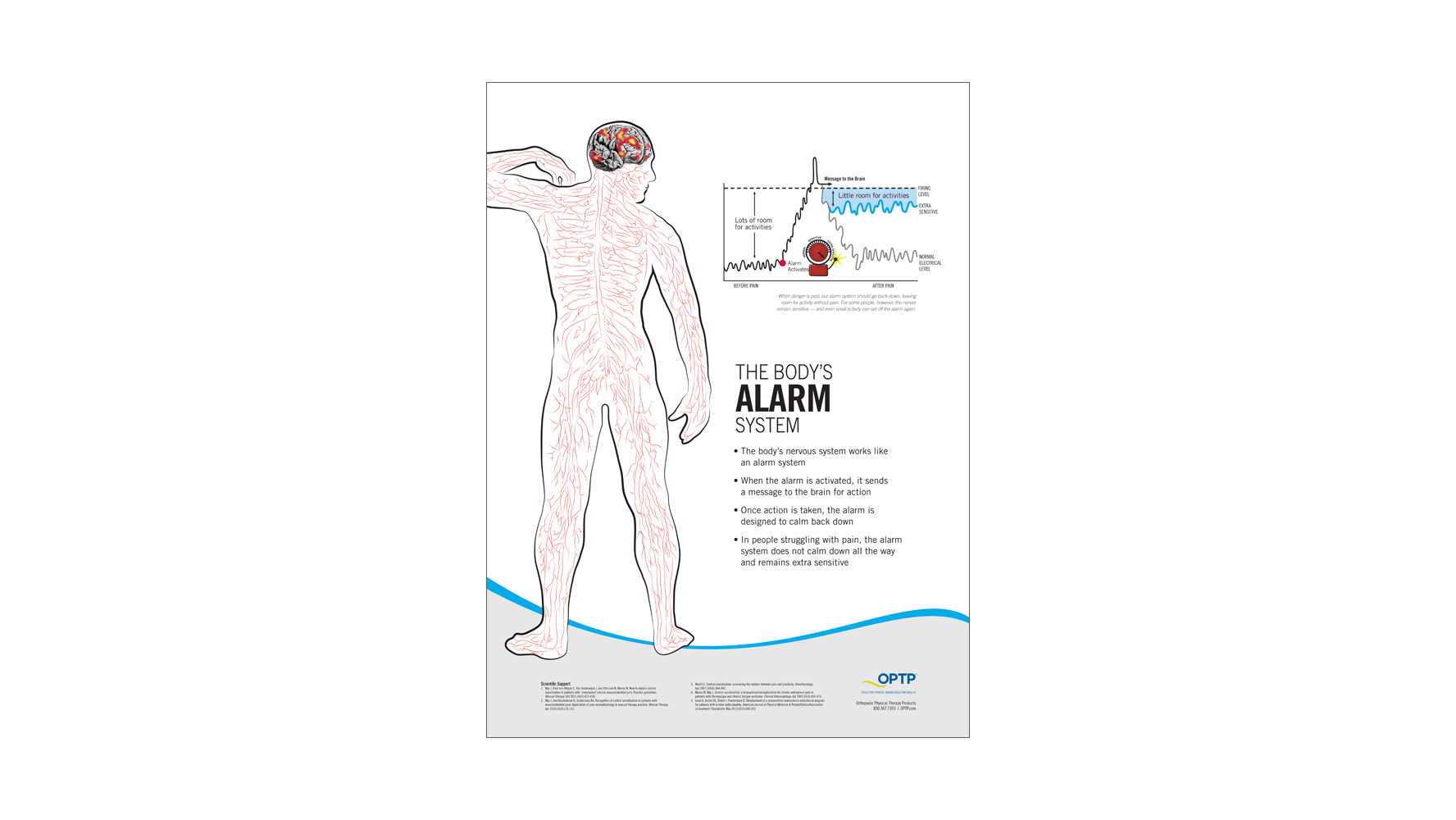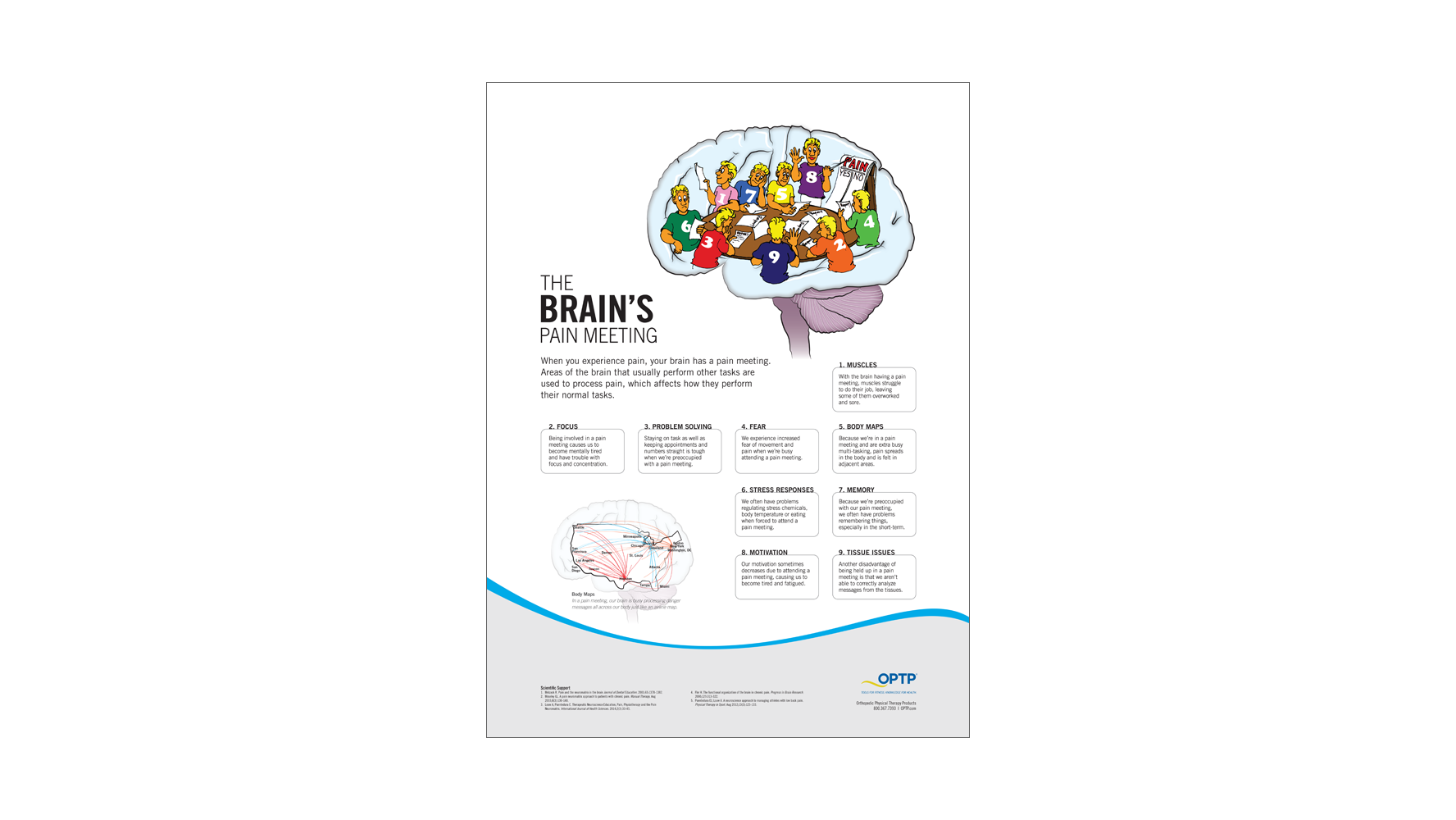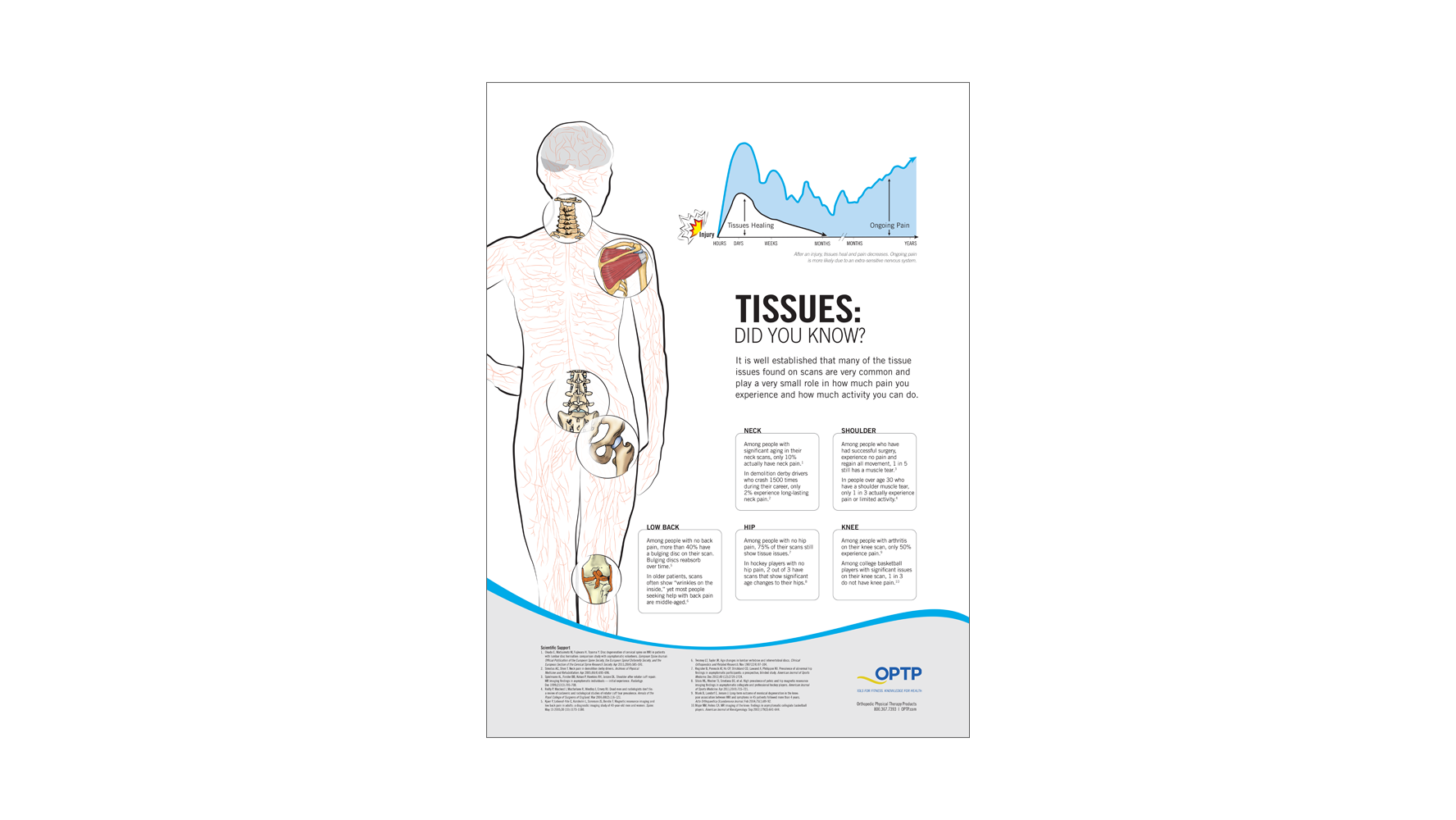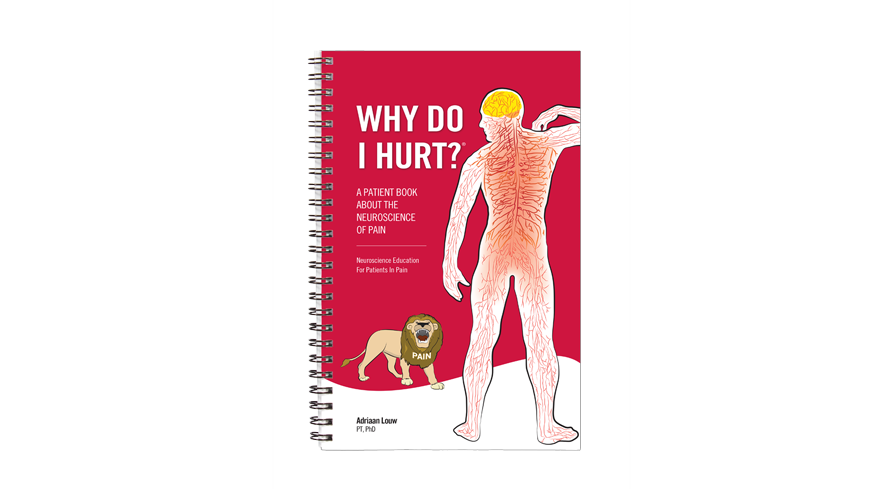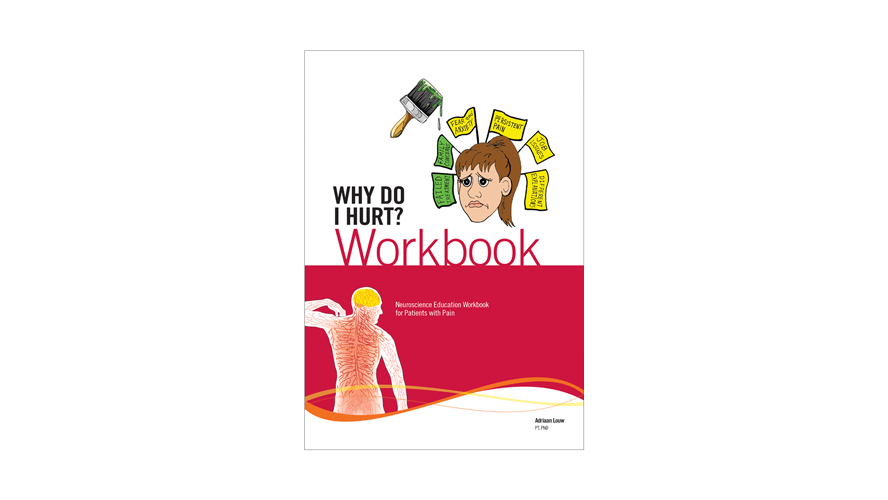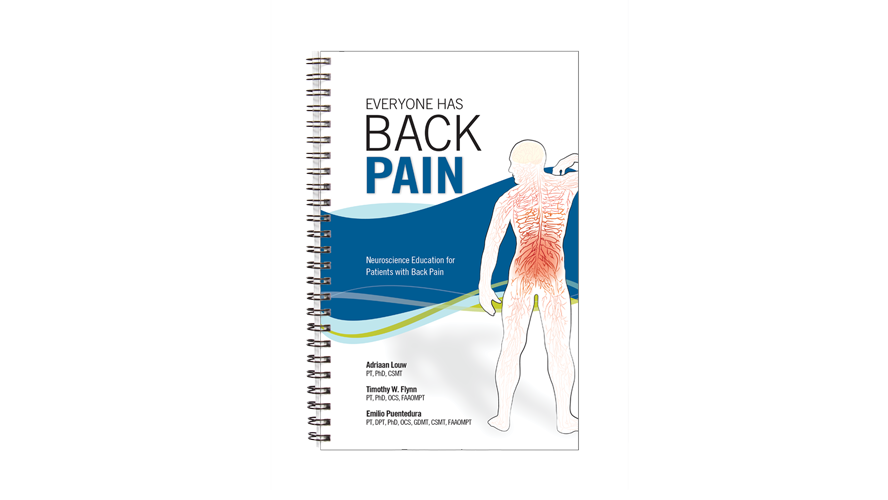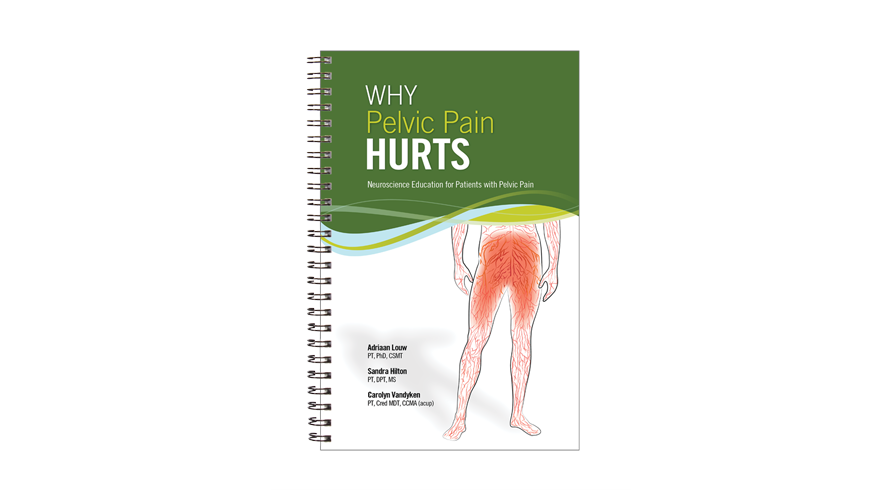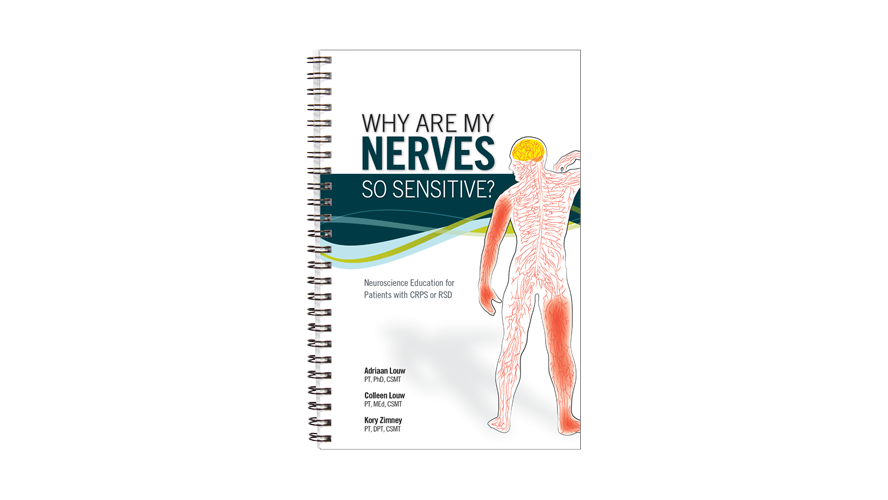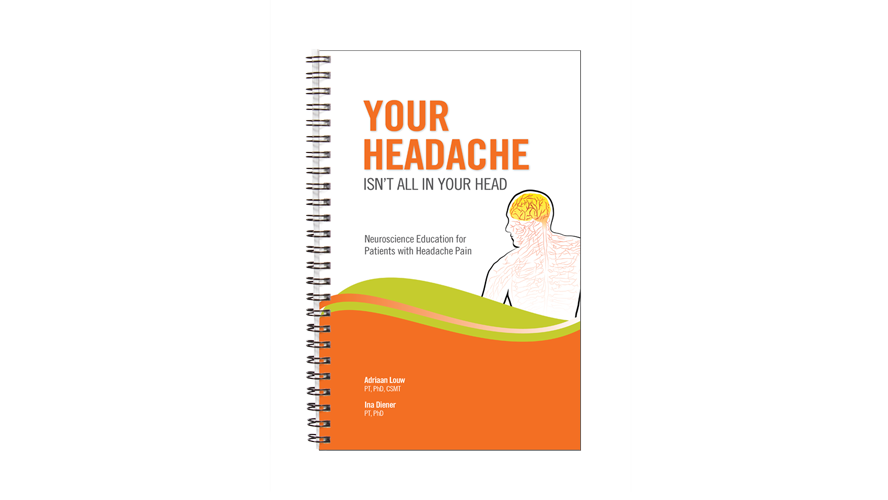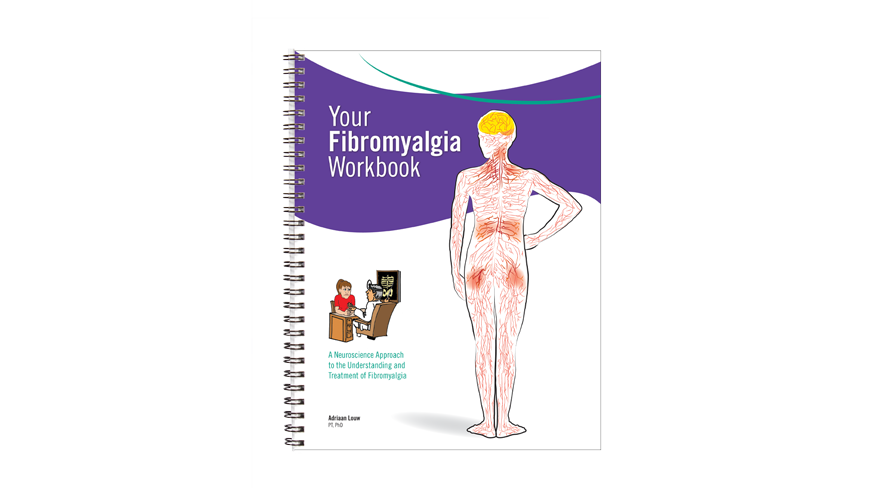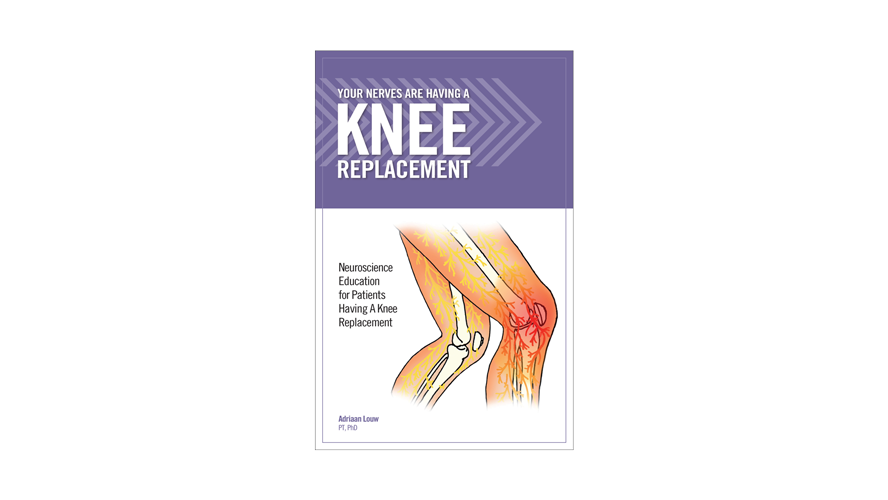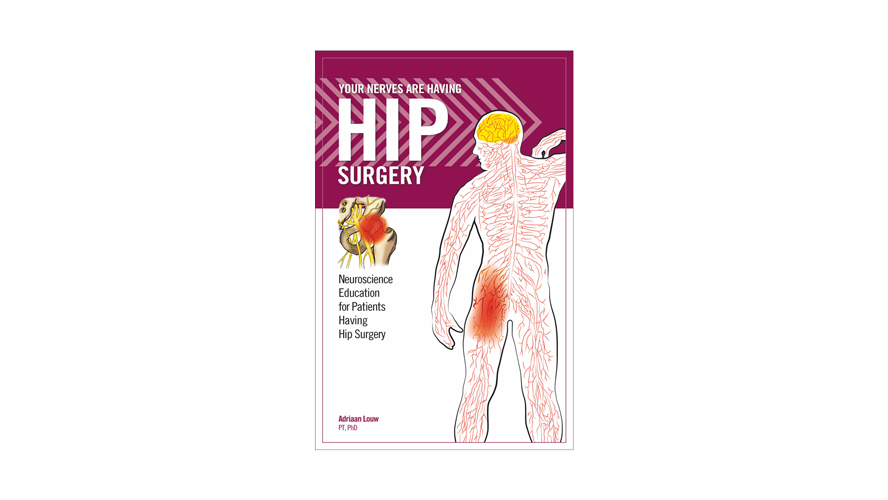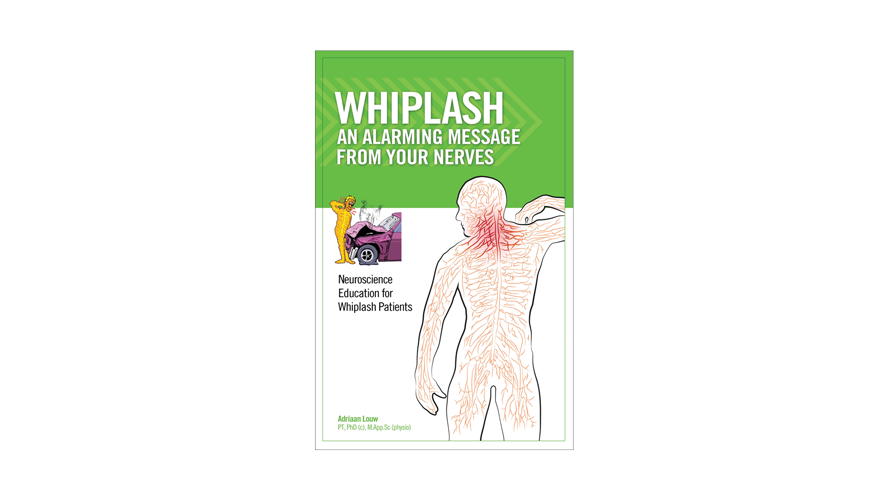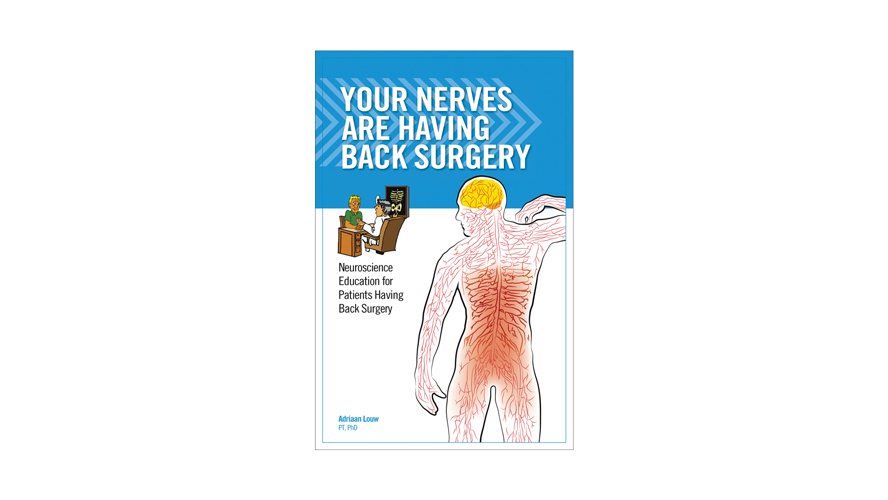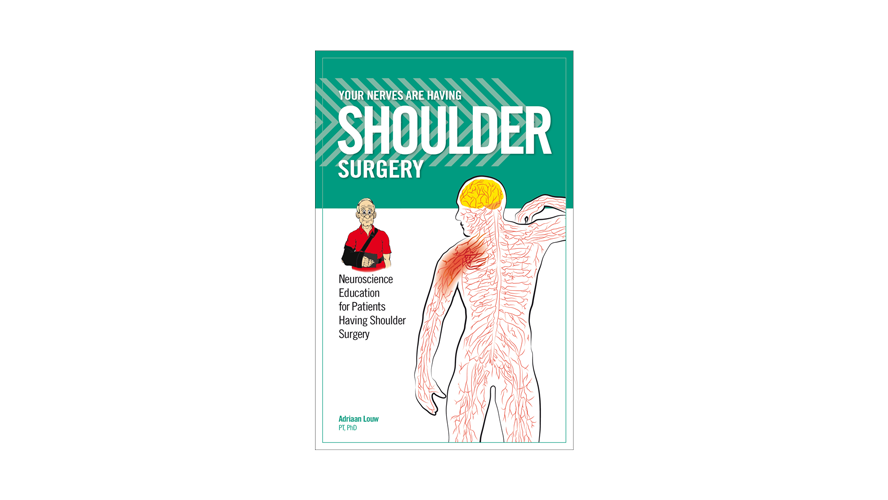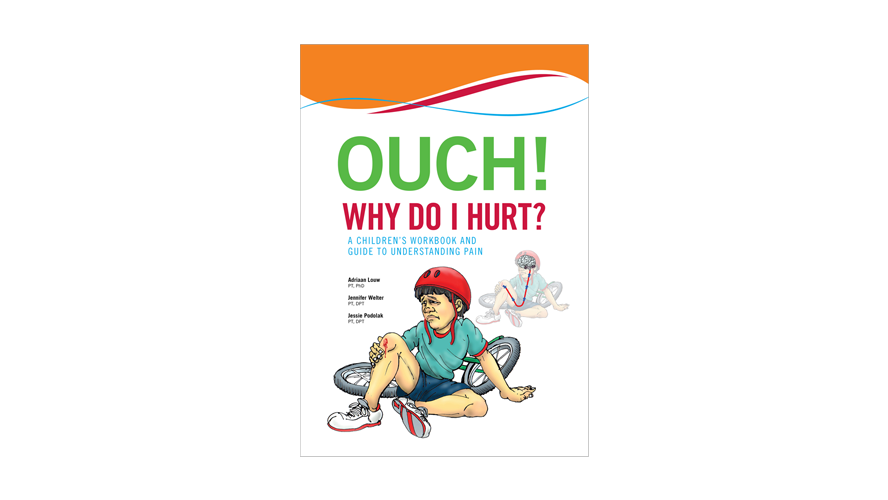By embedding the latest pain science into stories, metaphors and examples, neuroscience becomes approachable and easy to absorb. Every clinician has the capacity to teach PNE, and with practice, you can master the subtleties that make it most effective. Teaching PNE is the integration of three crucial elements: the teaching sessions, taking advantage of teachable moments, and continuing the education process with homework.
Choose a teaching element to explore videos and resources.
Sessions
Hone your skills with sample sessions, along with advice on story personalization, overcoming barriers, and more.
Moments
Learn how to create teachable moments using the information you gather during exams and conversation.
Homework
Cognitive homework allows patients to be part of the solution. Download homework sheets and discover other resources.
SESSIONS
Introduction to Sessions
The education session is the core element of PNE. Use the videos and resources below to hone your skills, so you can make an even greater impact on patient outcomes.
Who needs pne?
Chronic pain, central sensitization and more: here's the list of patients we know do really well with PNE. We also know that clinicians who allow PNE to enhance the language they use in the clinic can positively affect any type of patient.
Teaching PNE Sessions with Adriaan Louw
Use arrows to browse video tutorials 

Clinical Pearls for PNE
Use arrows to browse video tutorials 

YOU THINK MY PAIN IS IN MY HEAD
Every clinician teaching PNE will get this question from a patient, and how you respond will directly affect how well your patient does with PNE.
Why You Hurt Pain Neuroscience Education System
Everything you need to conduct PNE sessions in your clinic (or via telehealth) is available in the Why You Hurt Pain Neuroscience Education System.
The sample, below, is one of 14 in-depth, research-backed PNE sessions included in the system.
Each card features full-color illustrations on the front and clinician cueing on the back.
Sample Session from Pain Neuroscience Education Textbook
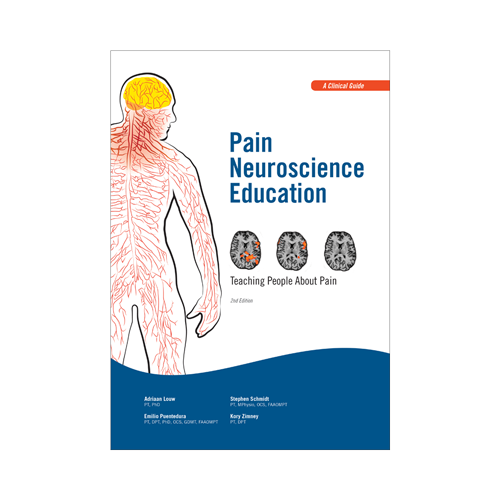
This clinical guide not only delivers the evidence base for PNE, but it provides the basic tools needed to begin conducting sessions within your clinic. Within the text, you'll find 30+ session examples with variations to help tailor your messaging.
SHOW THIS TO YOUR PATIENTS
Patients are sometimes surprised when their clinician starts teaching them about pain. They should be. Many people still connect their pain to damaged tissues, and we in the medical community have not done a good job educating patients about their pain.
This video explains the "what" and "why" of PNE to your patients.
Watch the video in our Patient Portal. Share that link with your patients or have them watch in the clinic.
Moments
Some of the most impactful moments happen outside of the PNE session. By taking cues from your patient, you can provide impactful information at the precise moment your patient is ready to hear it. The resources below will help you create and capitalize on teachable moments.
Clinical Pearls for PNE (Moments)
Connecting Patient Info to PNE Stories
Use the PNE New Patient Checklist to connect common things patients say during the initial evaluation or treatment to relevant PNE stories.
PNE Posters
A simple and effective way to stimulate questions is to decorate your lobby or patient rooms with PNE posters. Each poster focuses on a foundational principle of PNE, engaging patients and providing in-roads to a PNE conversation.
Homework
Continuing the education process beyond the clinic is essential to your patients' success. These resources will help you provide effective cognitive homework.
"How To" Videos for PNE Homework
Download Homework Sheets
Set your patients up for success and accelerate their treatment. The questions on these carefully designed homework sheets have patients reflect on their pain journey, deepen their knowledge of pain, and come back to the clinic armed with questions.
Each set of homework sheets corresponds to a session from the Why You Hurt Pain Neuroscience Education System. Homework is presented in PDF format to be easily printed or sent to patients.
Patient Books
For most patients with persistent pain, the Why Do I Hurt? patient book and Why Do I Hurt? Workbook are the ideal tools to have them read at home and share with loved ones.
Patient books are also available that focus on specific conditions, like fibromyalgia, CRPS, or back pain.
Patients undergoing surgery will benefit from the selection of preoperative booklets.


